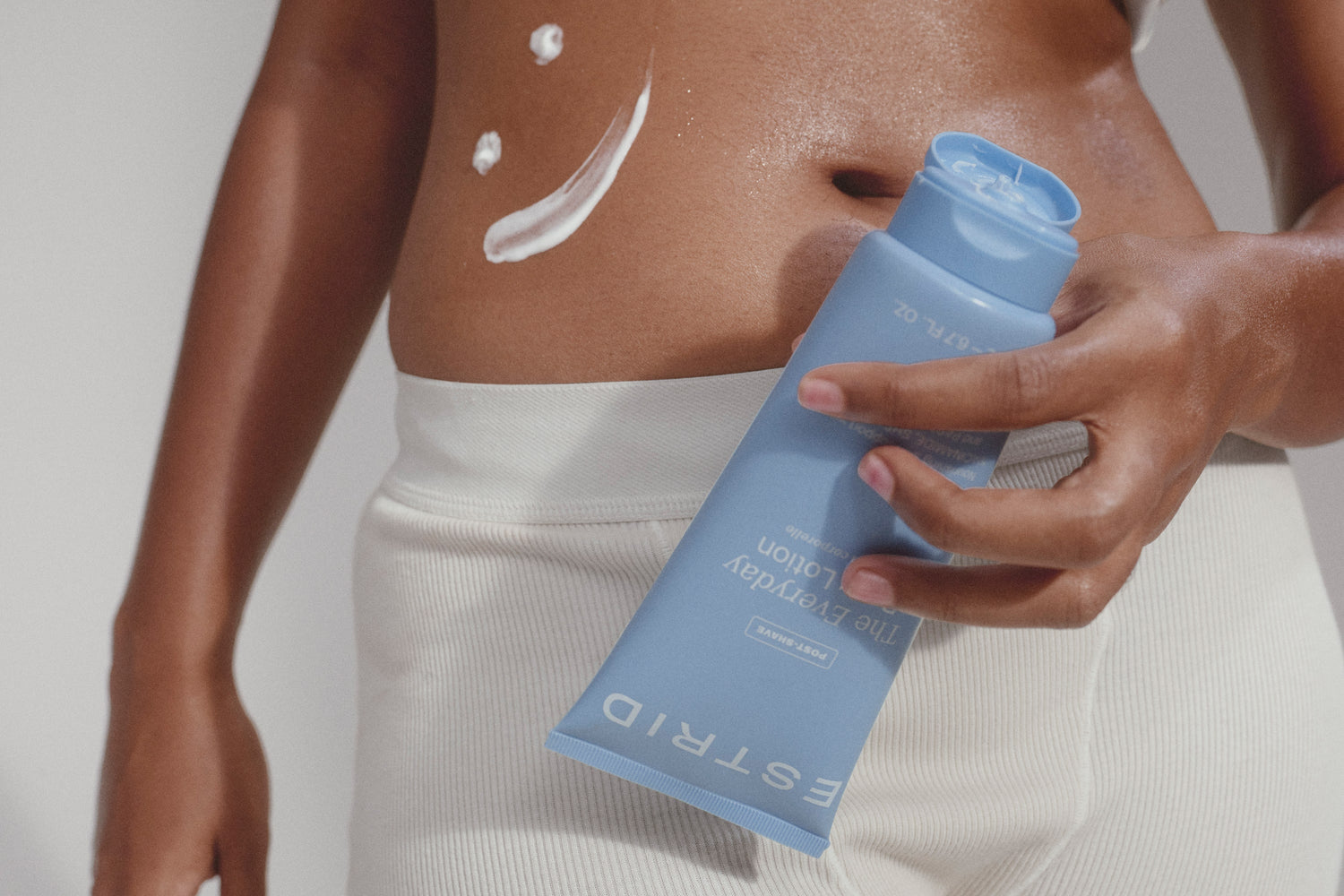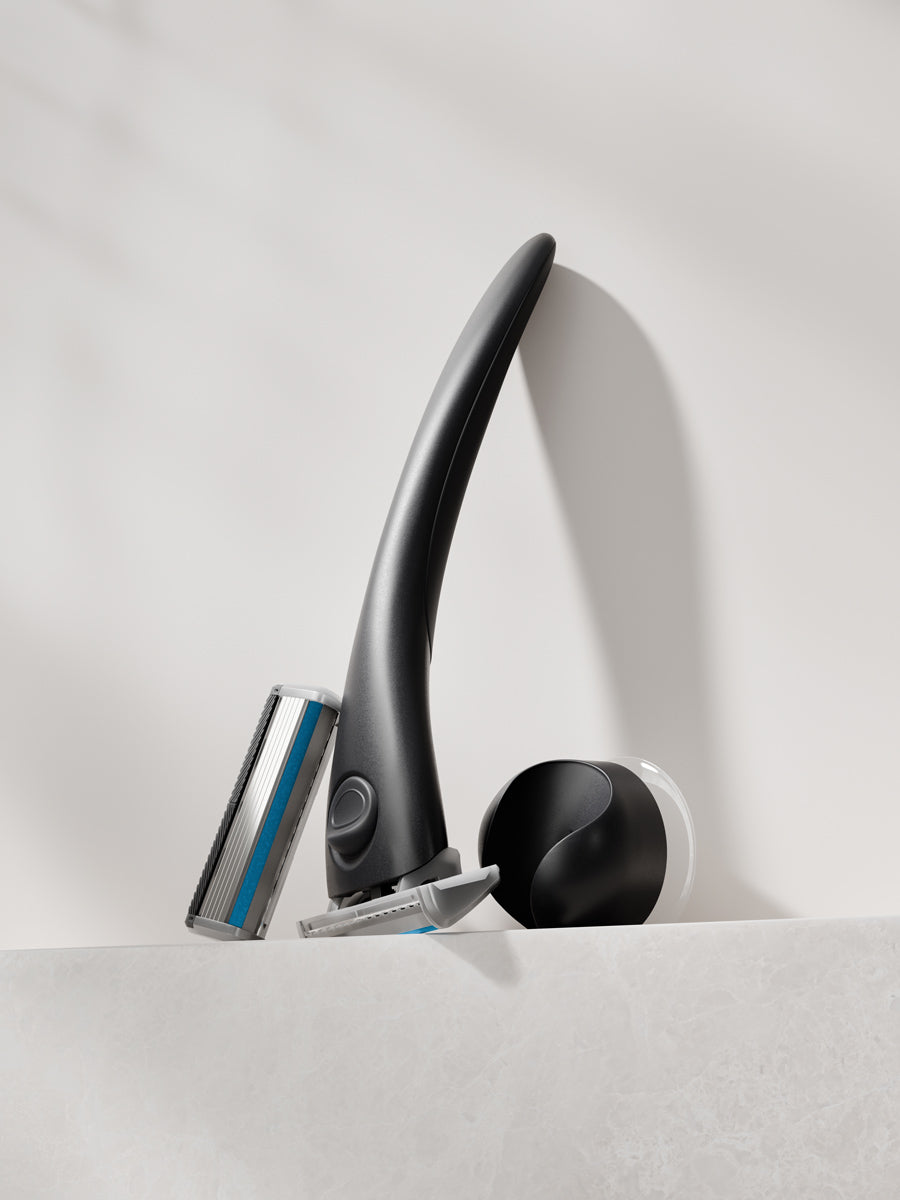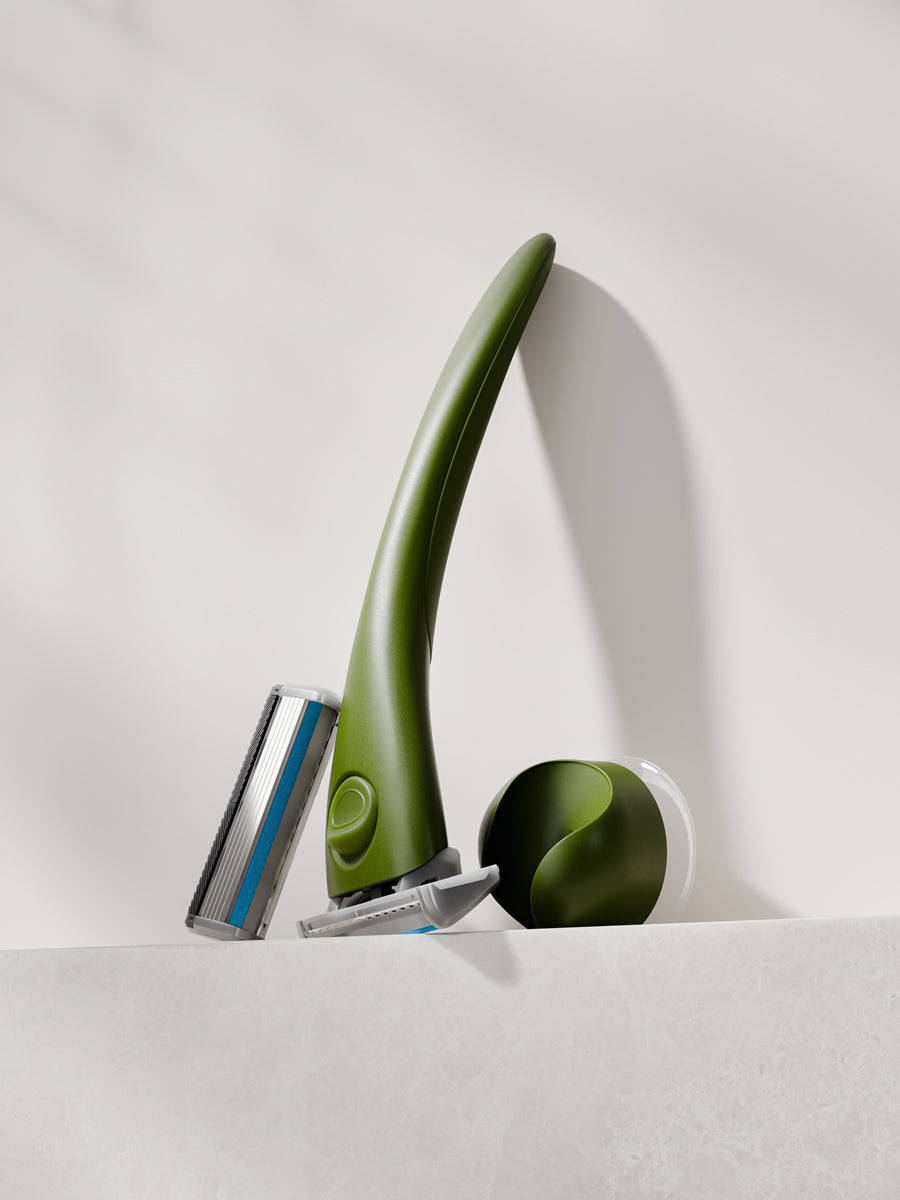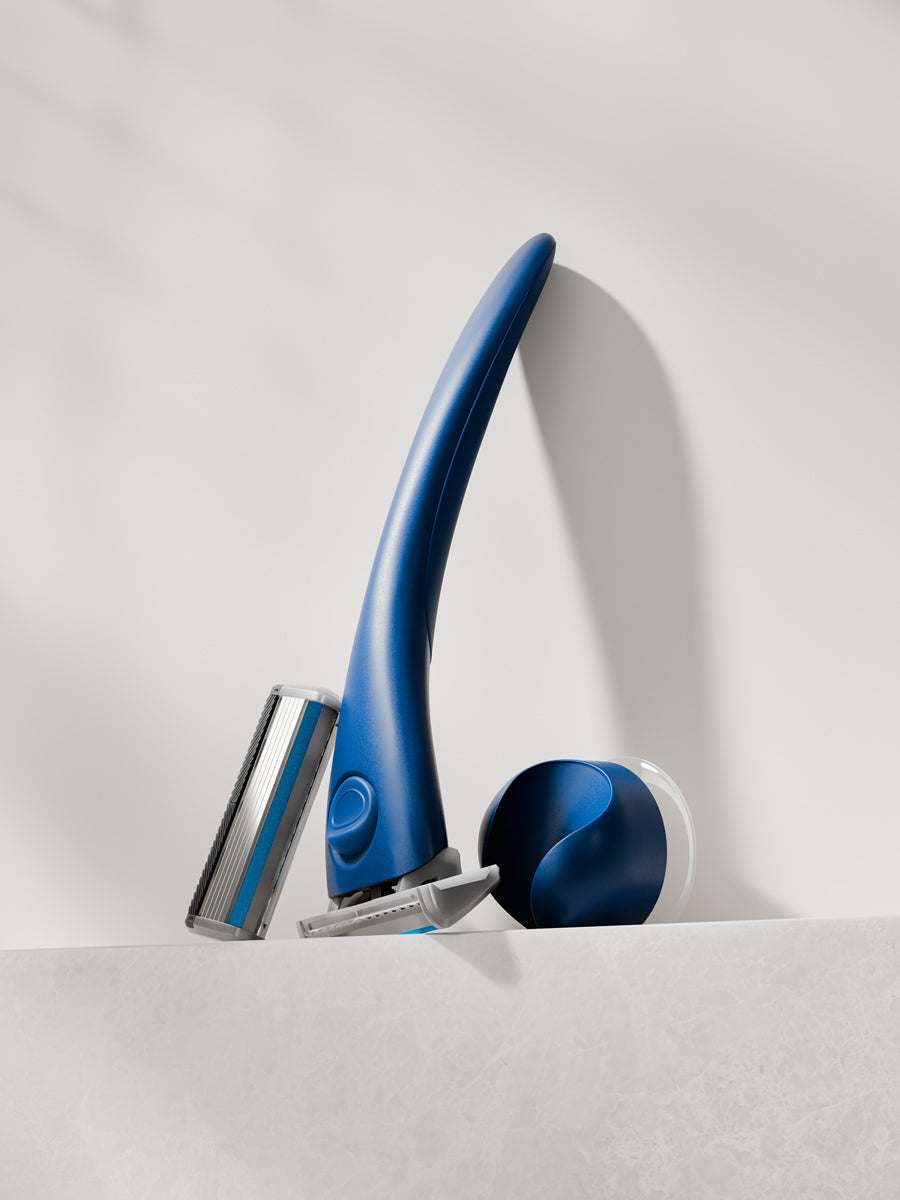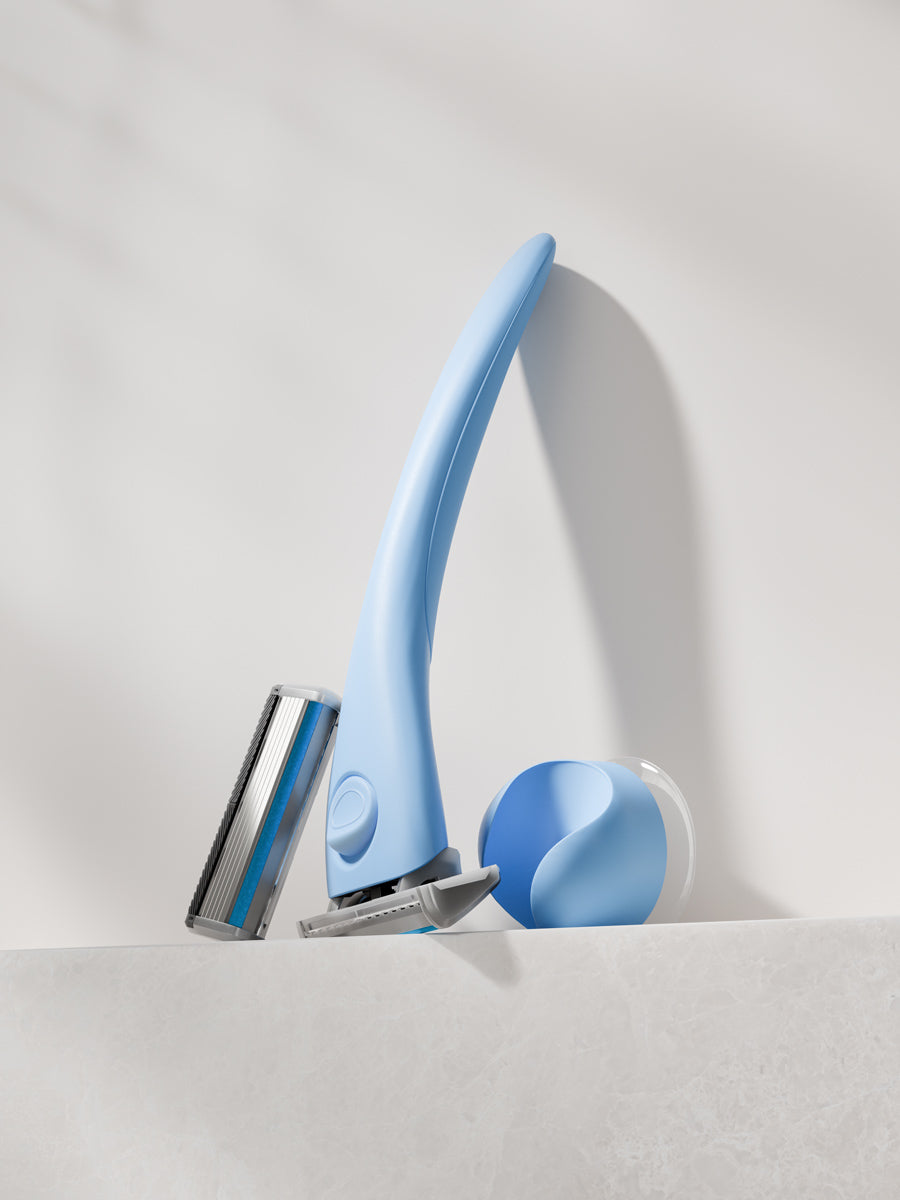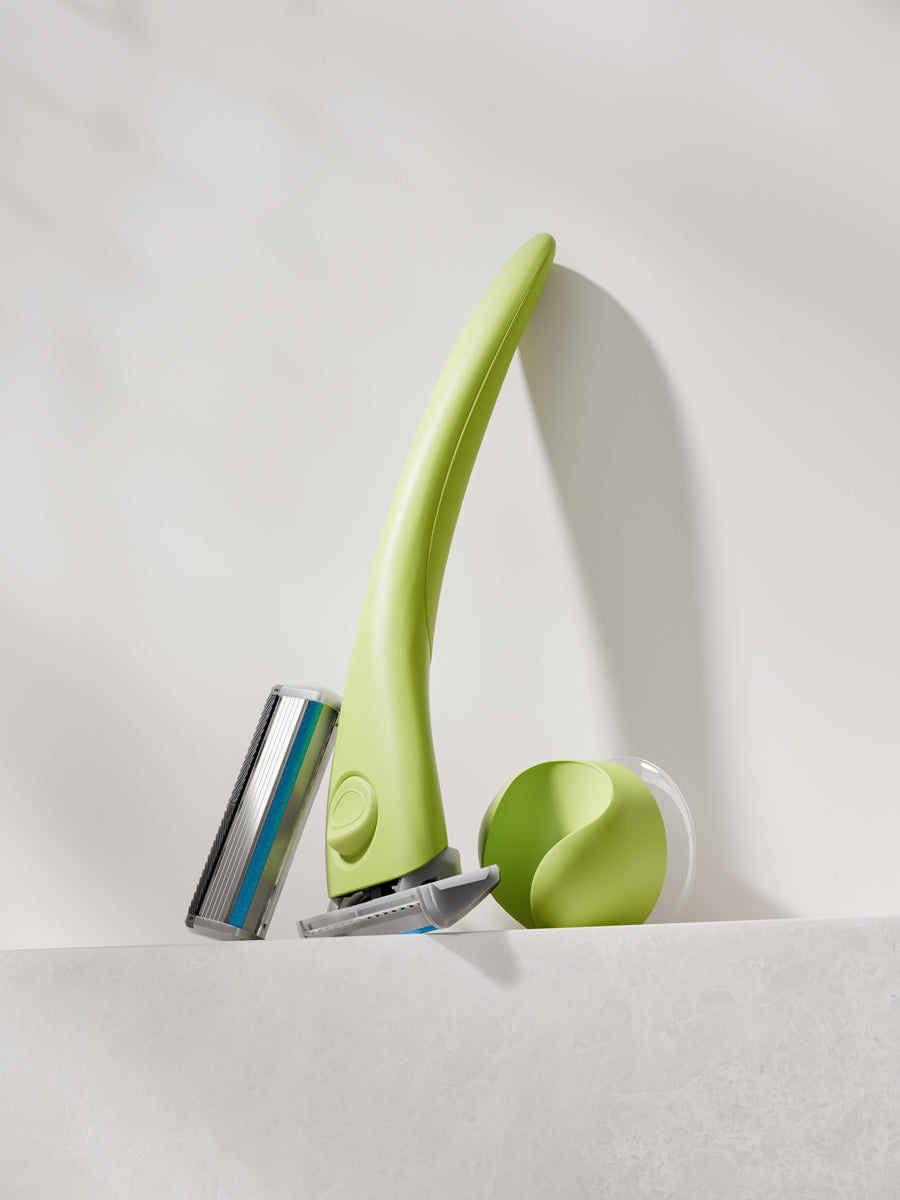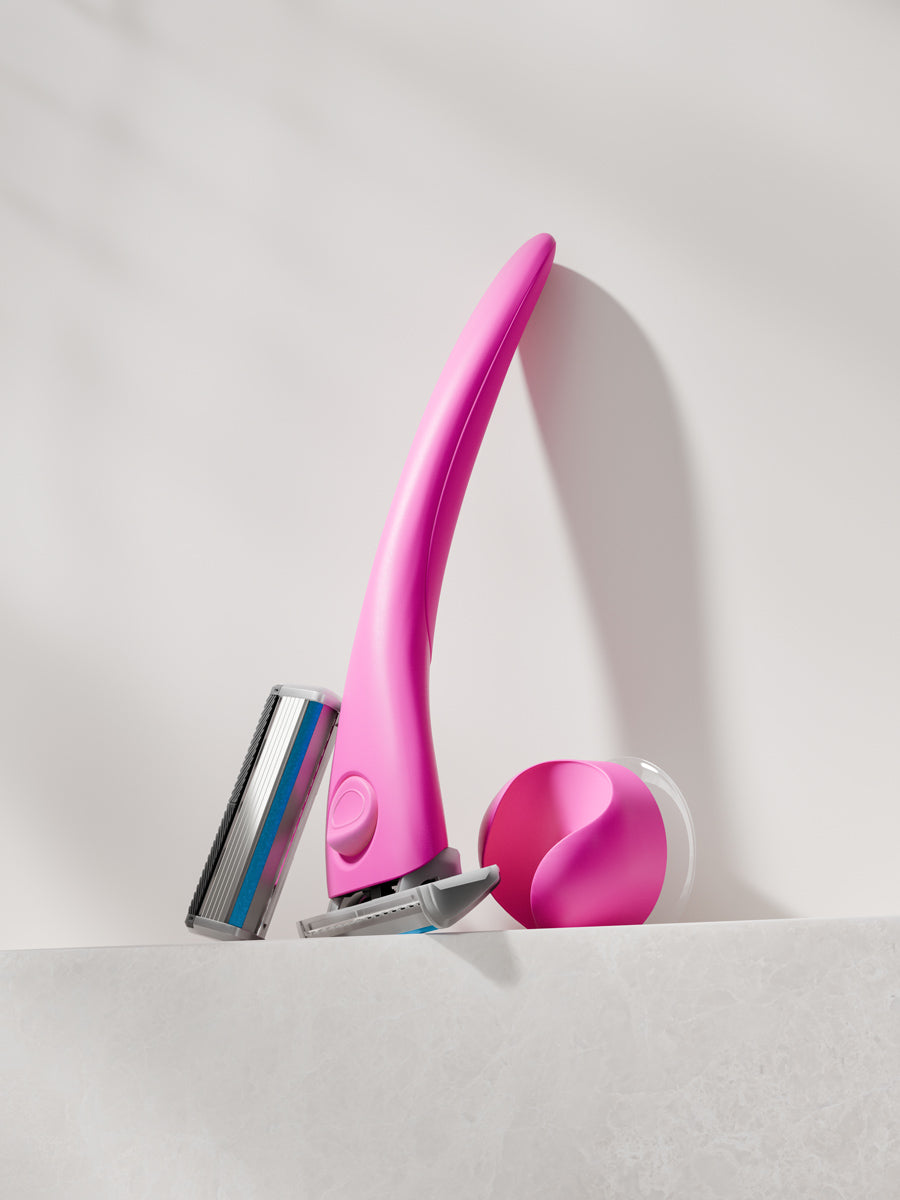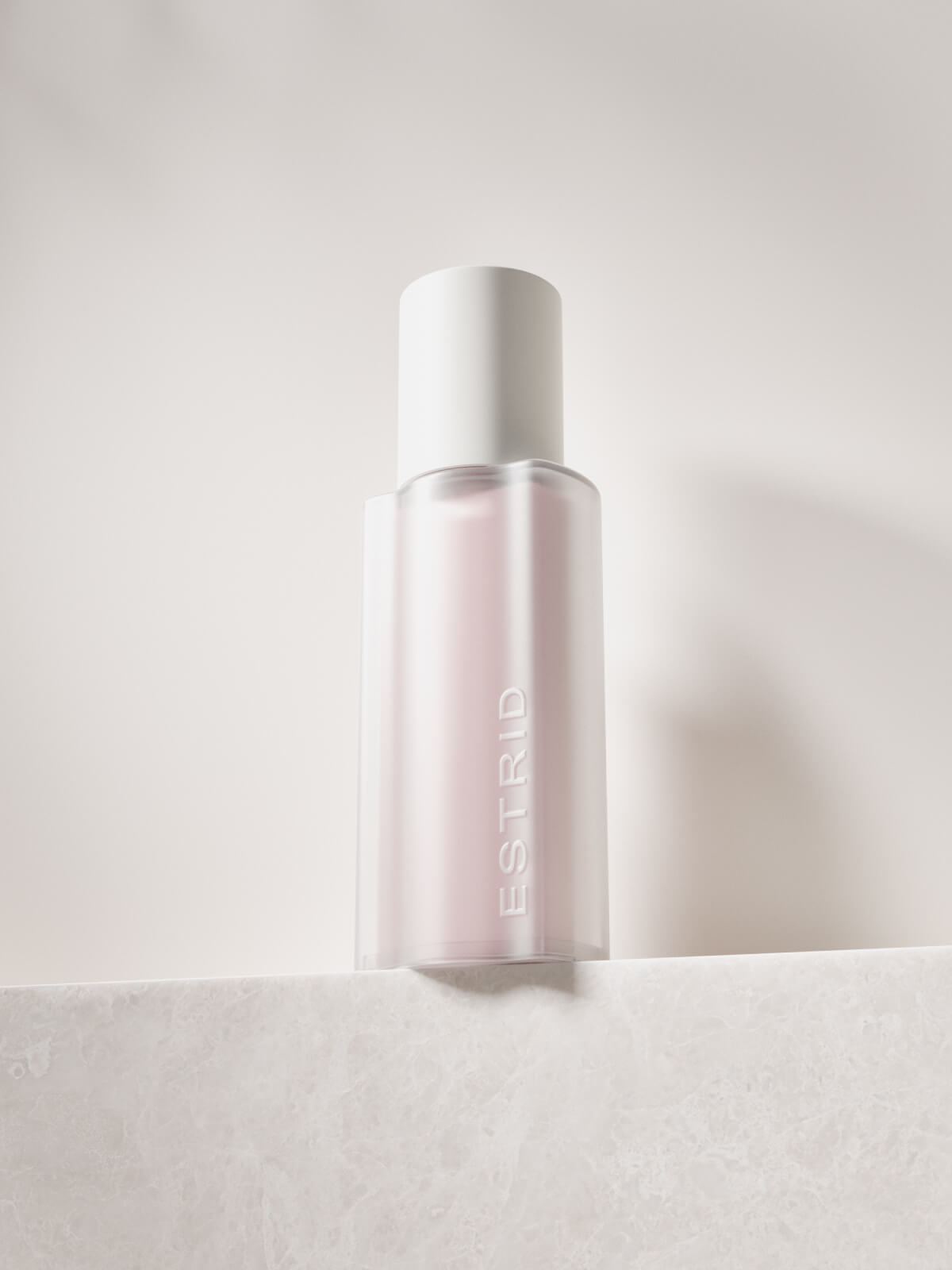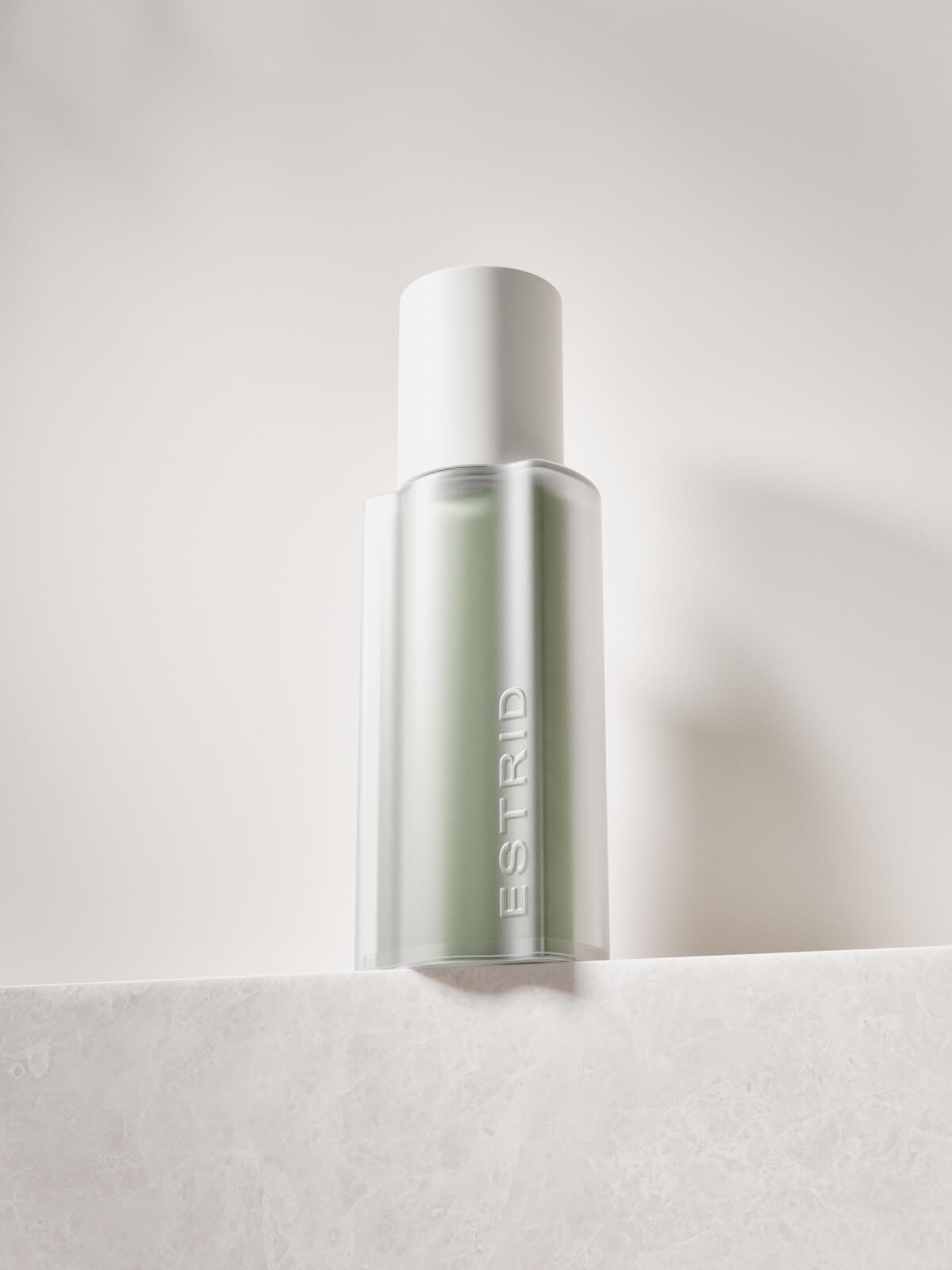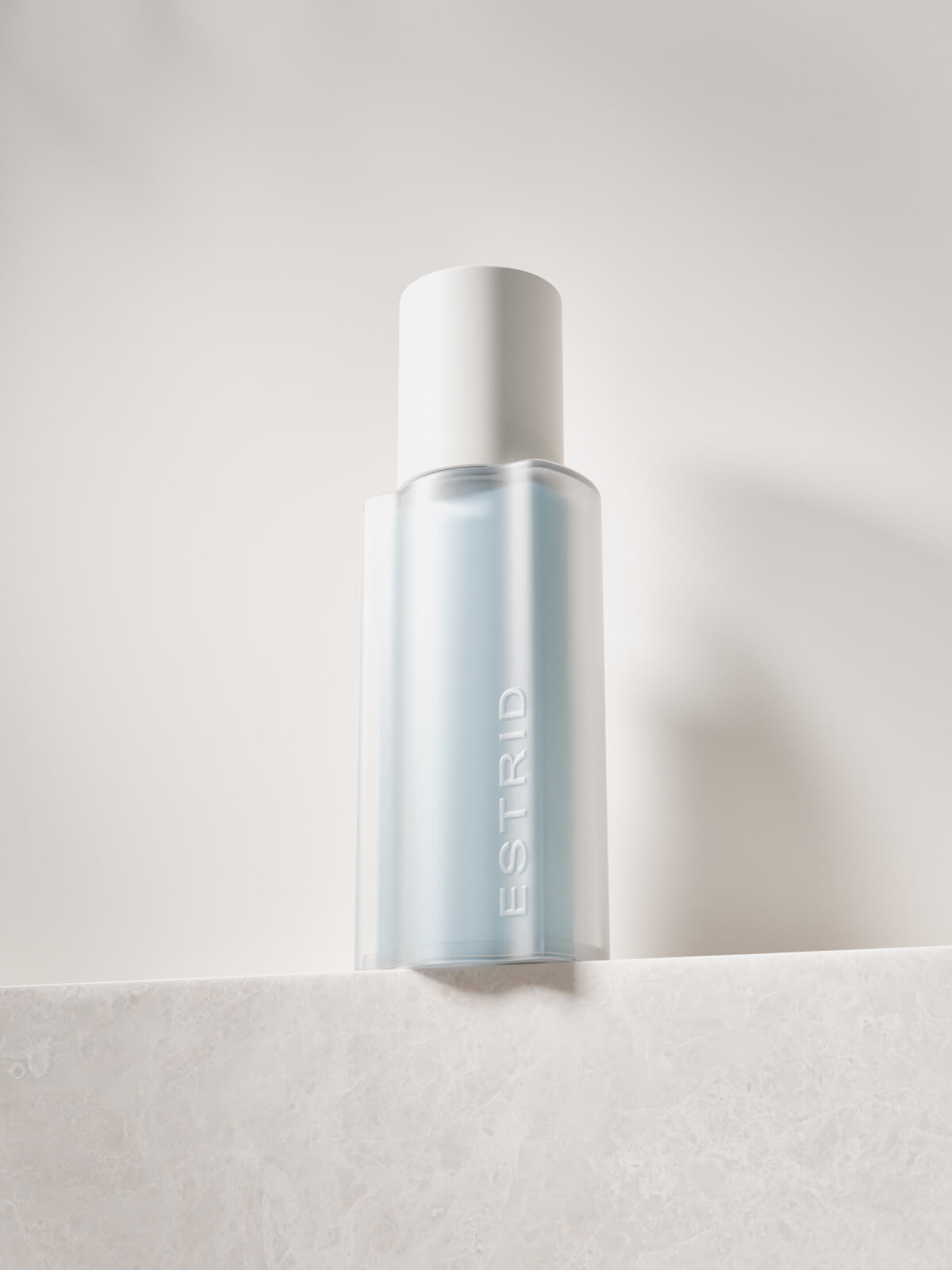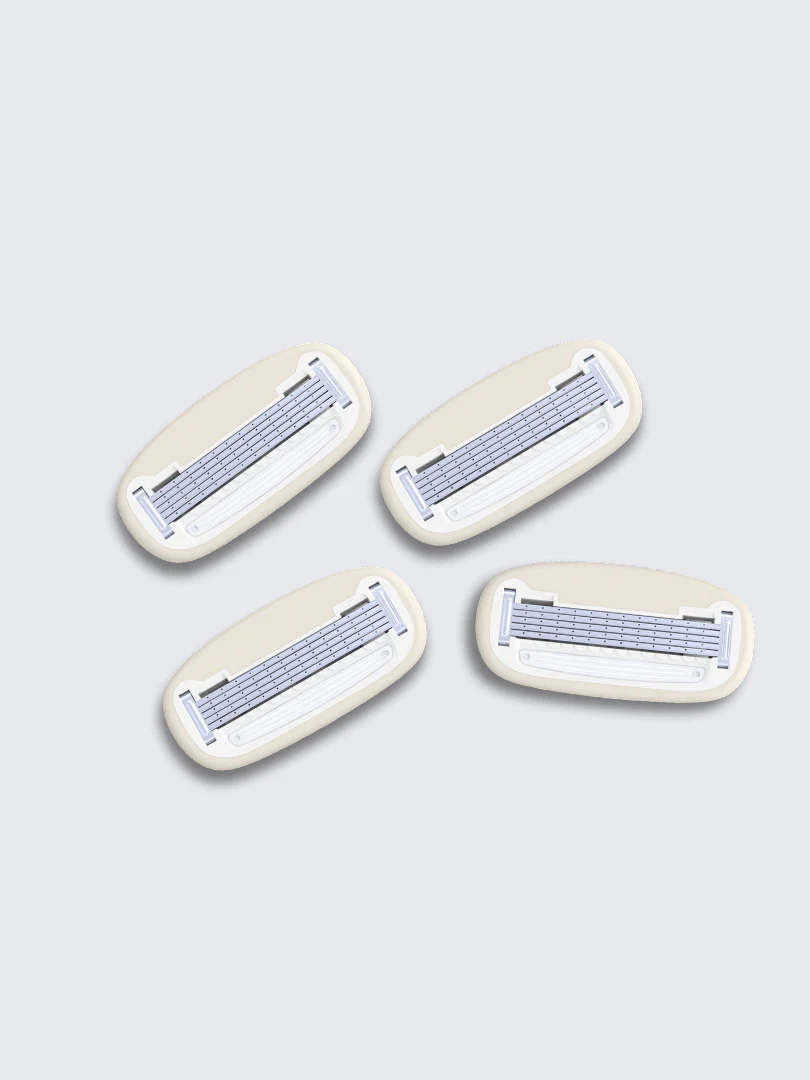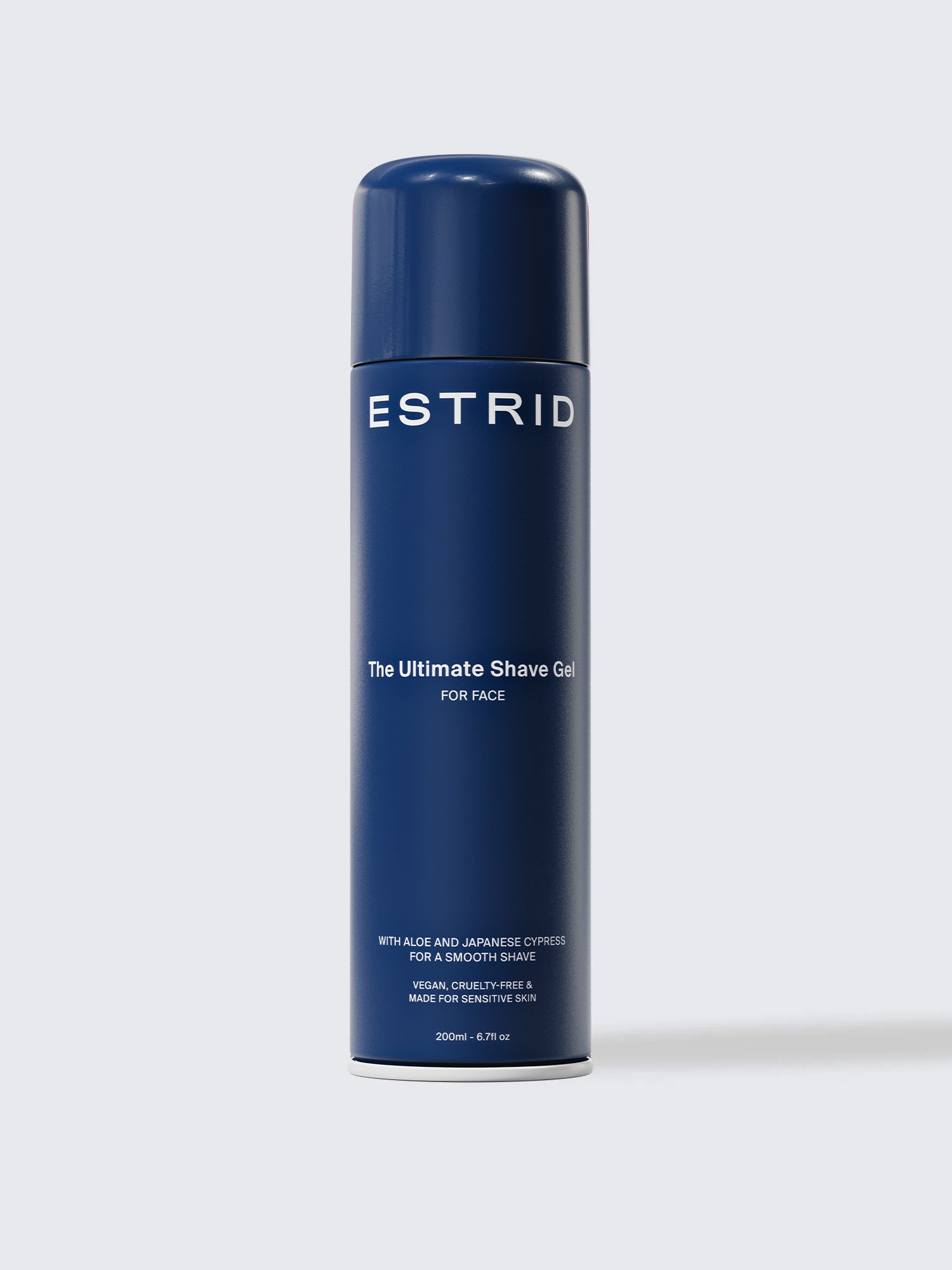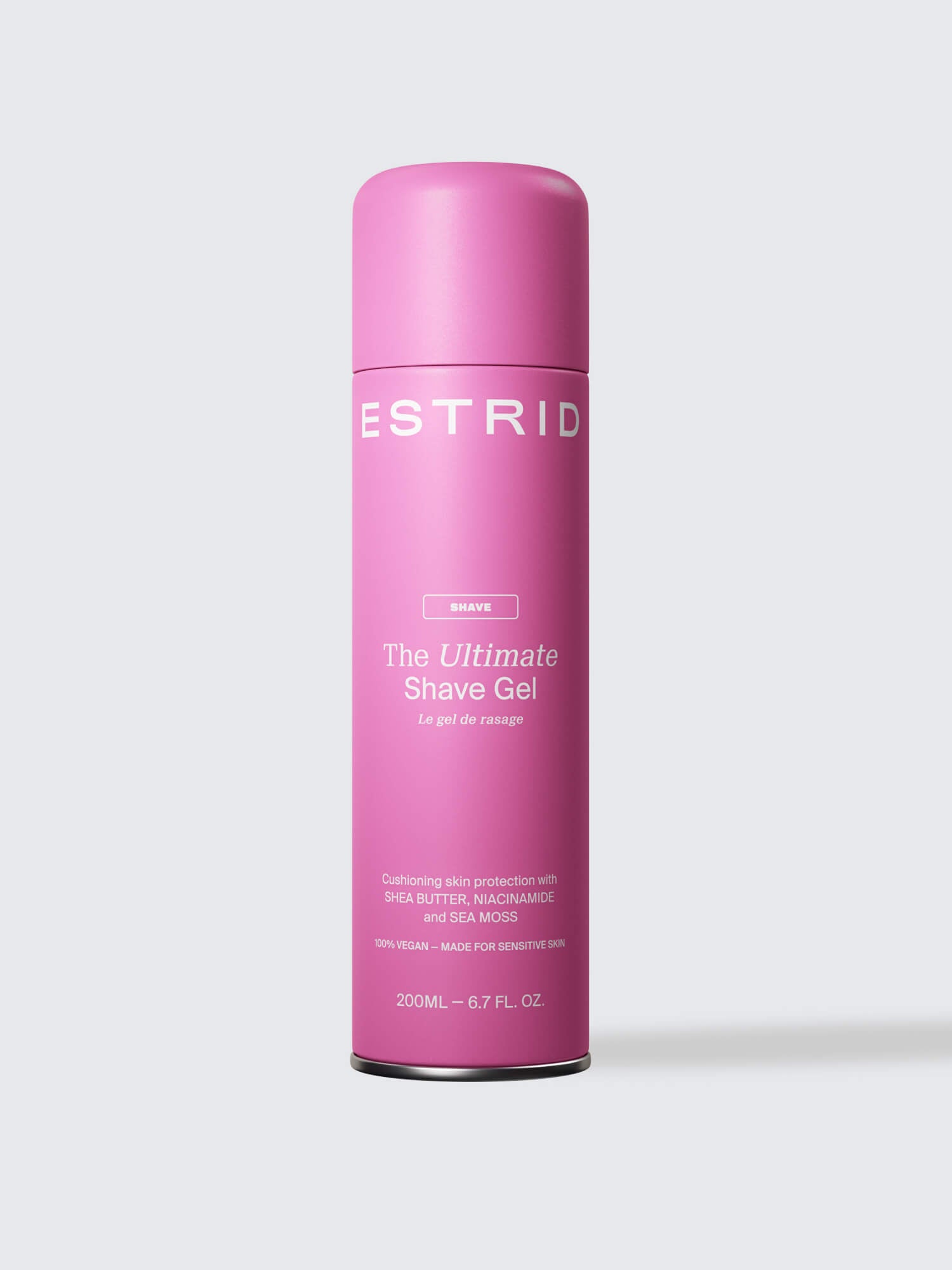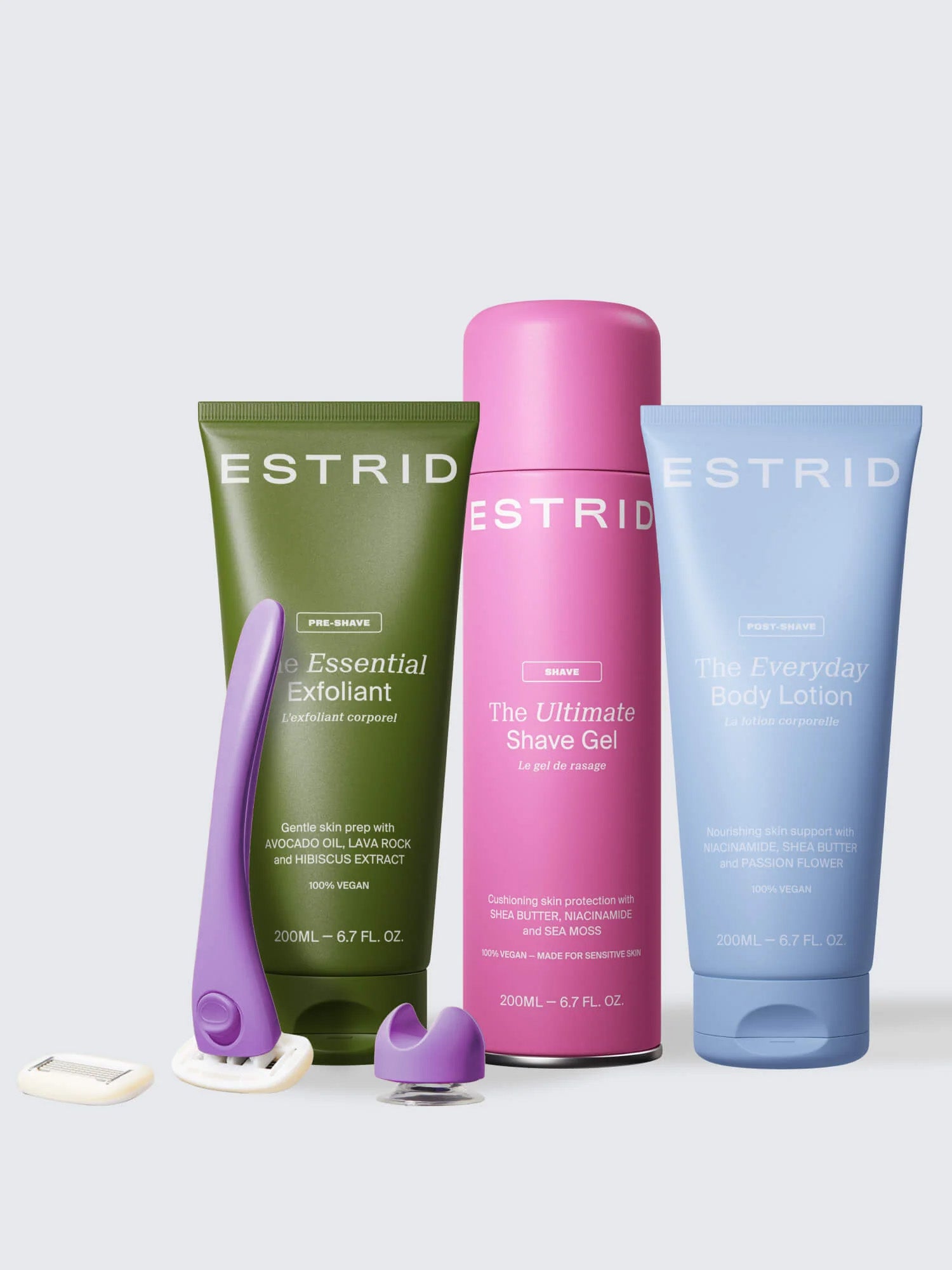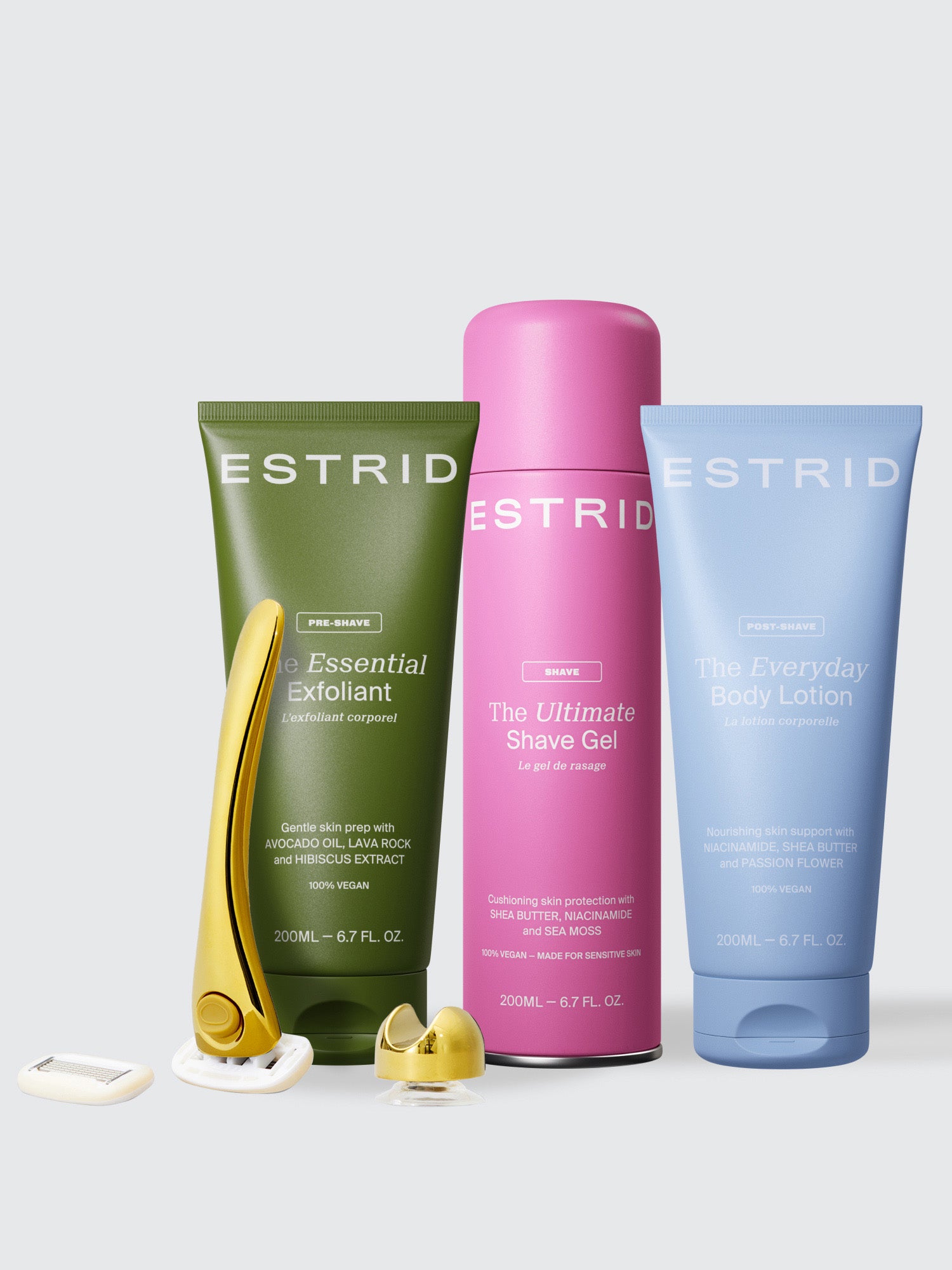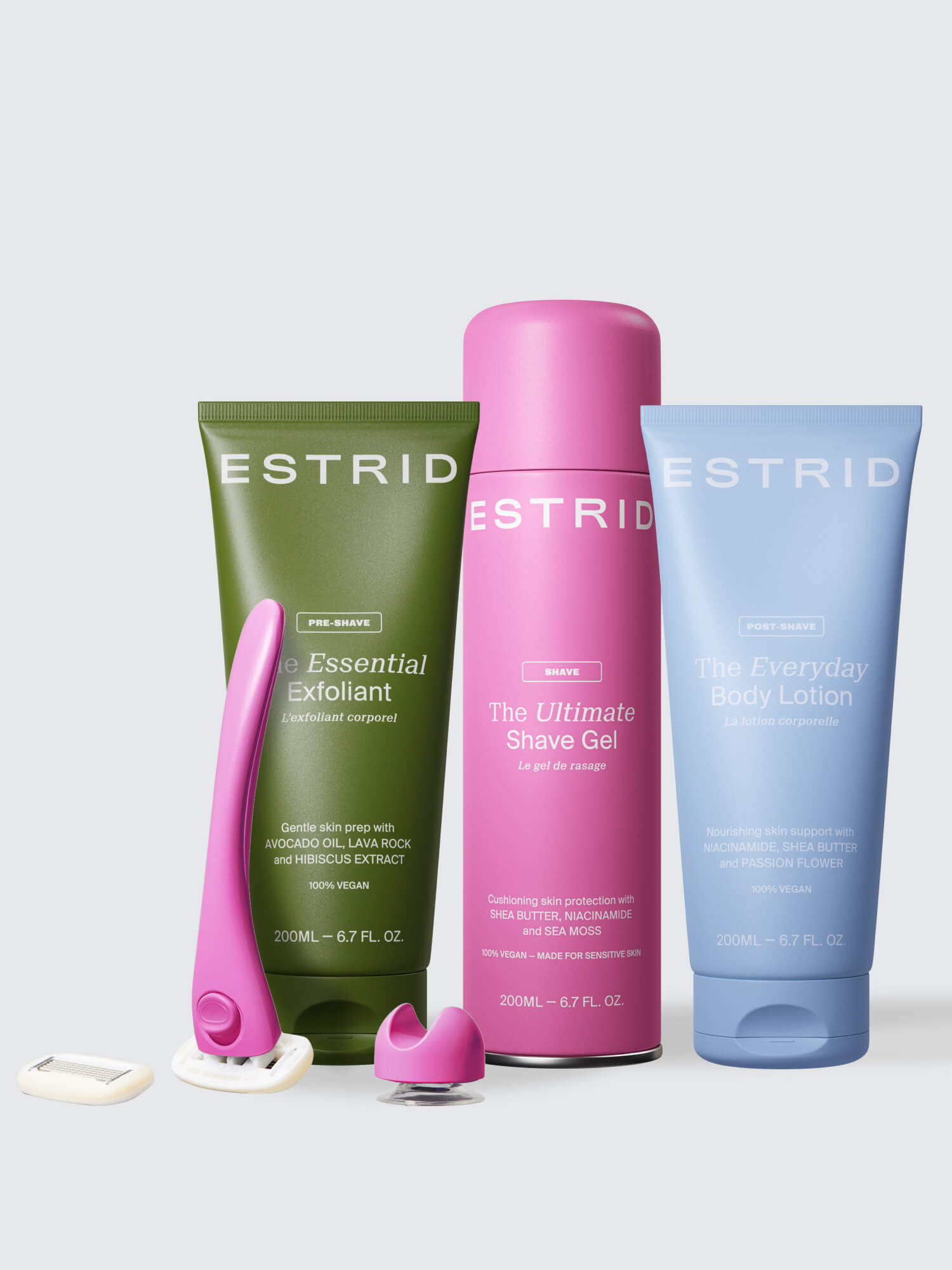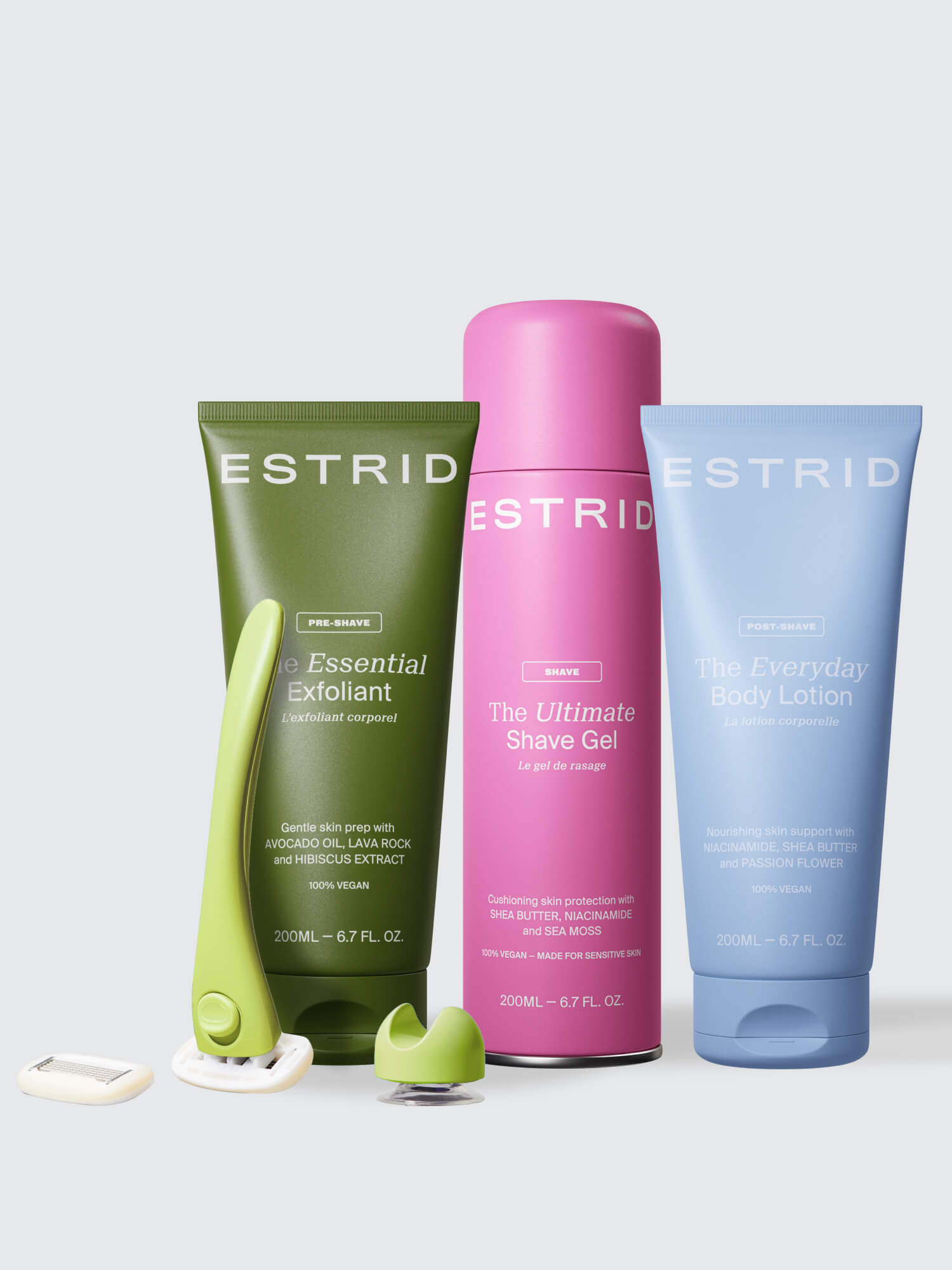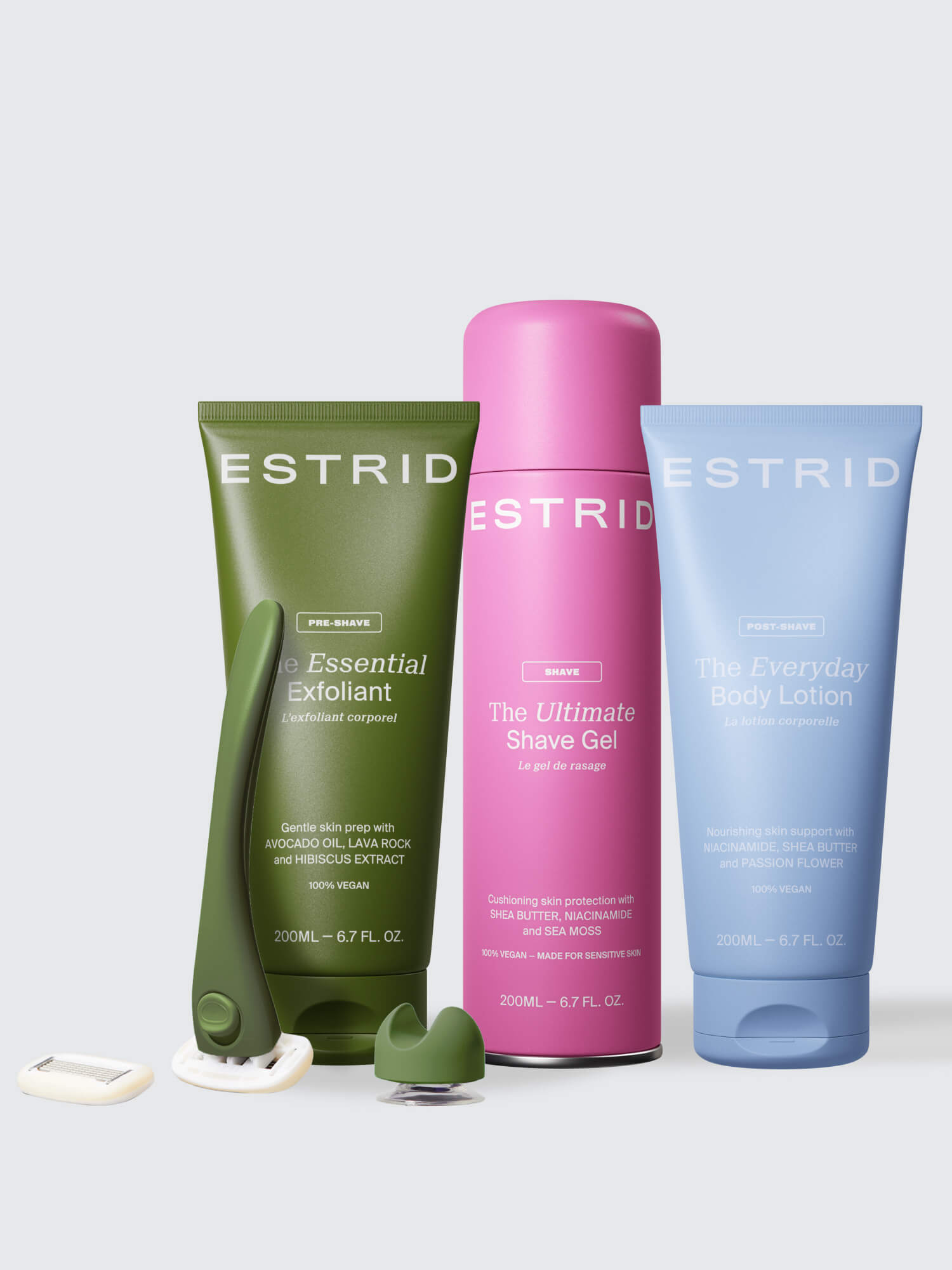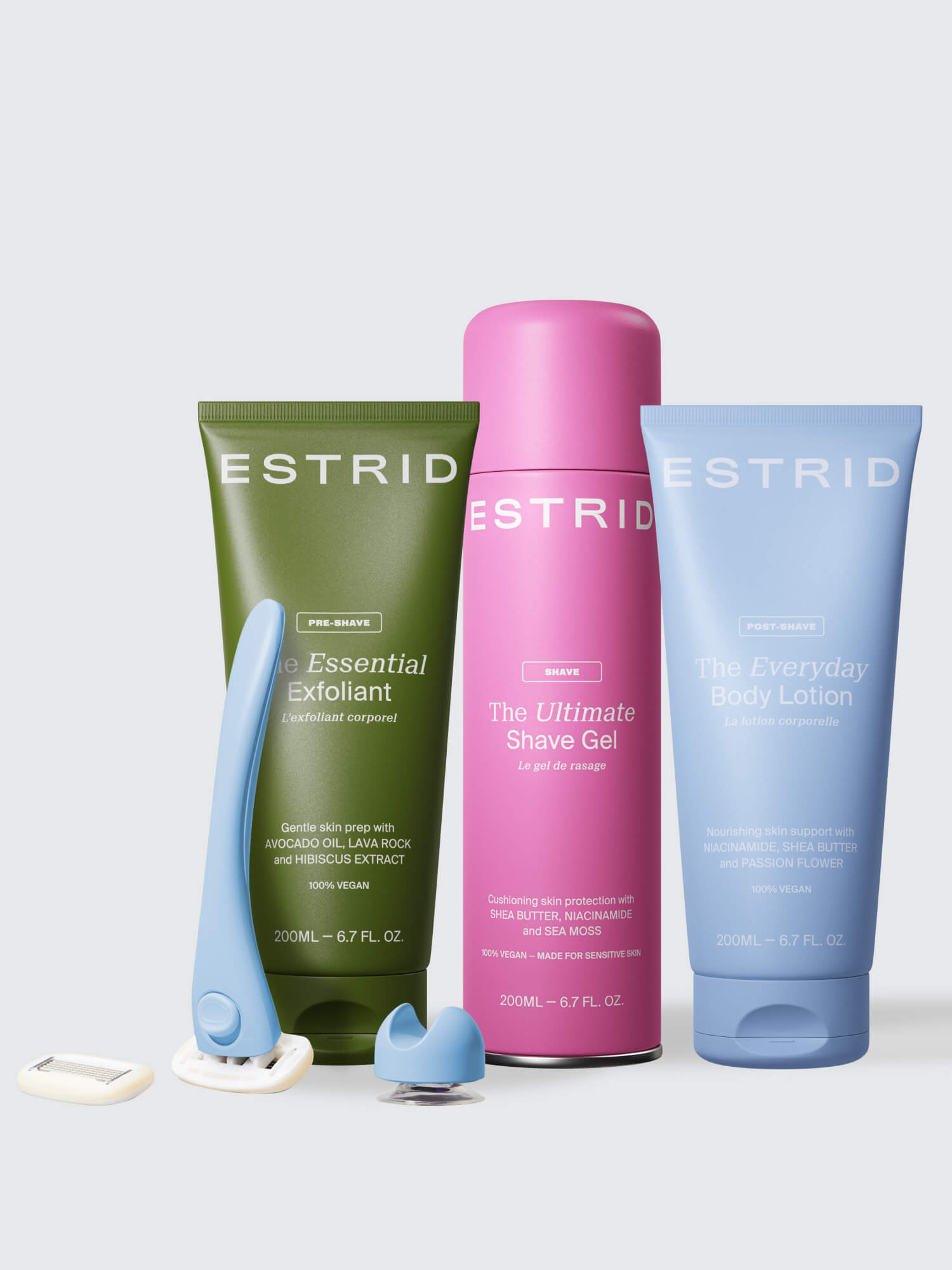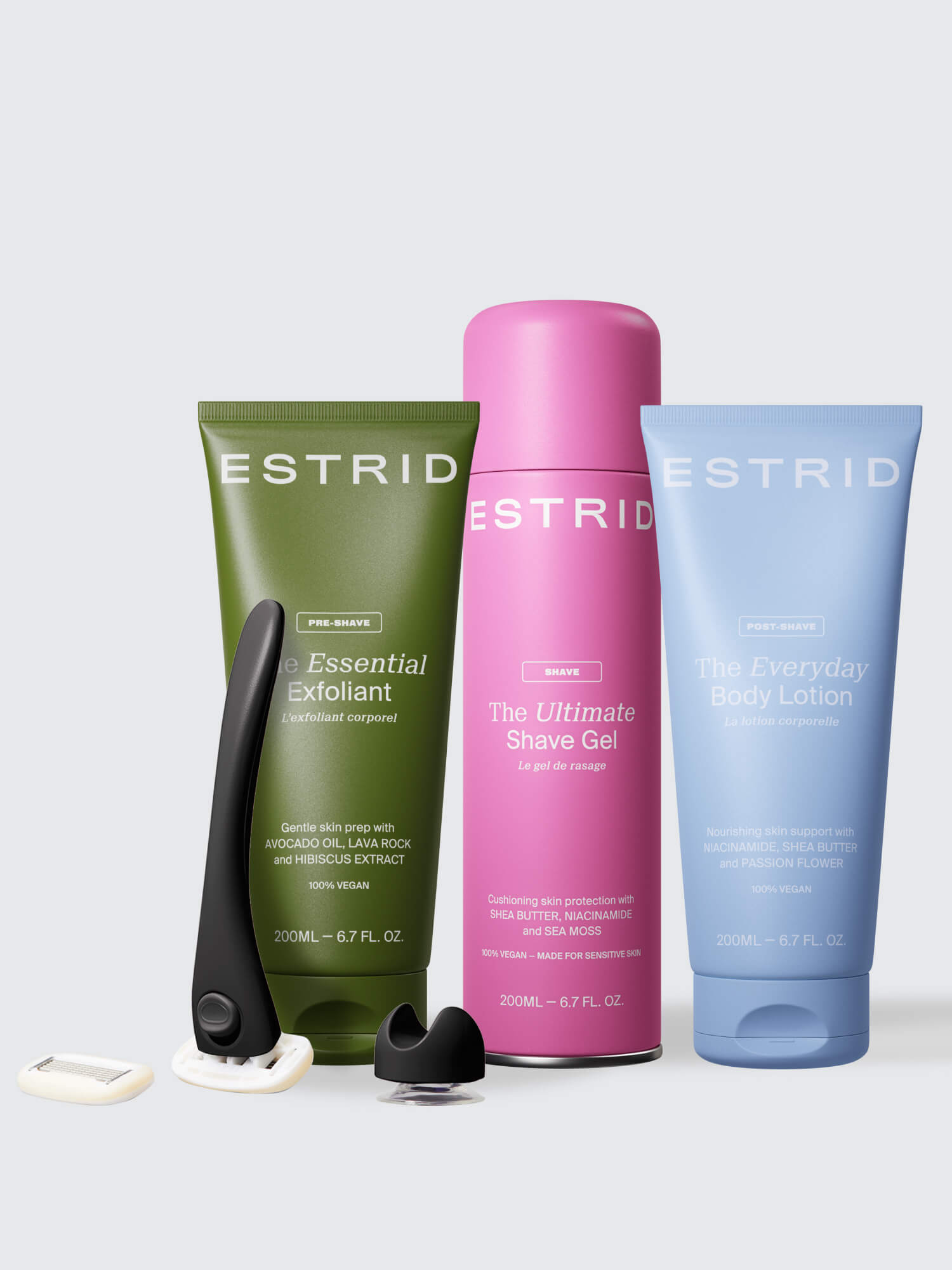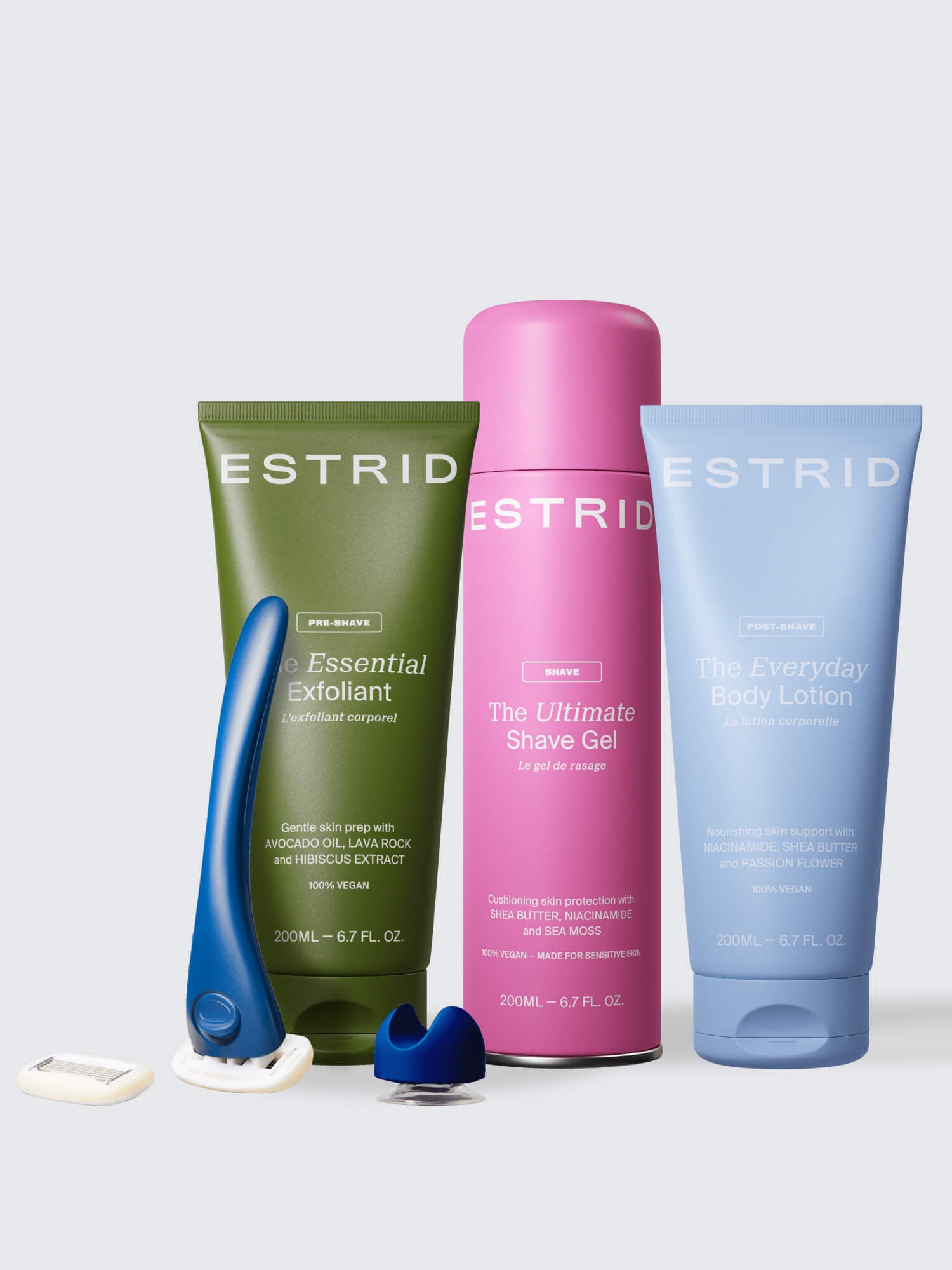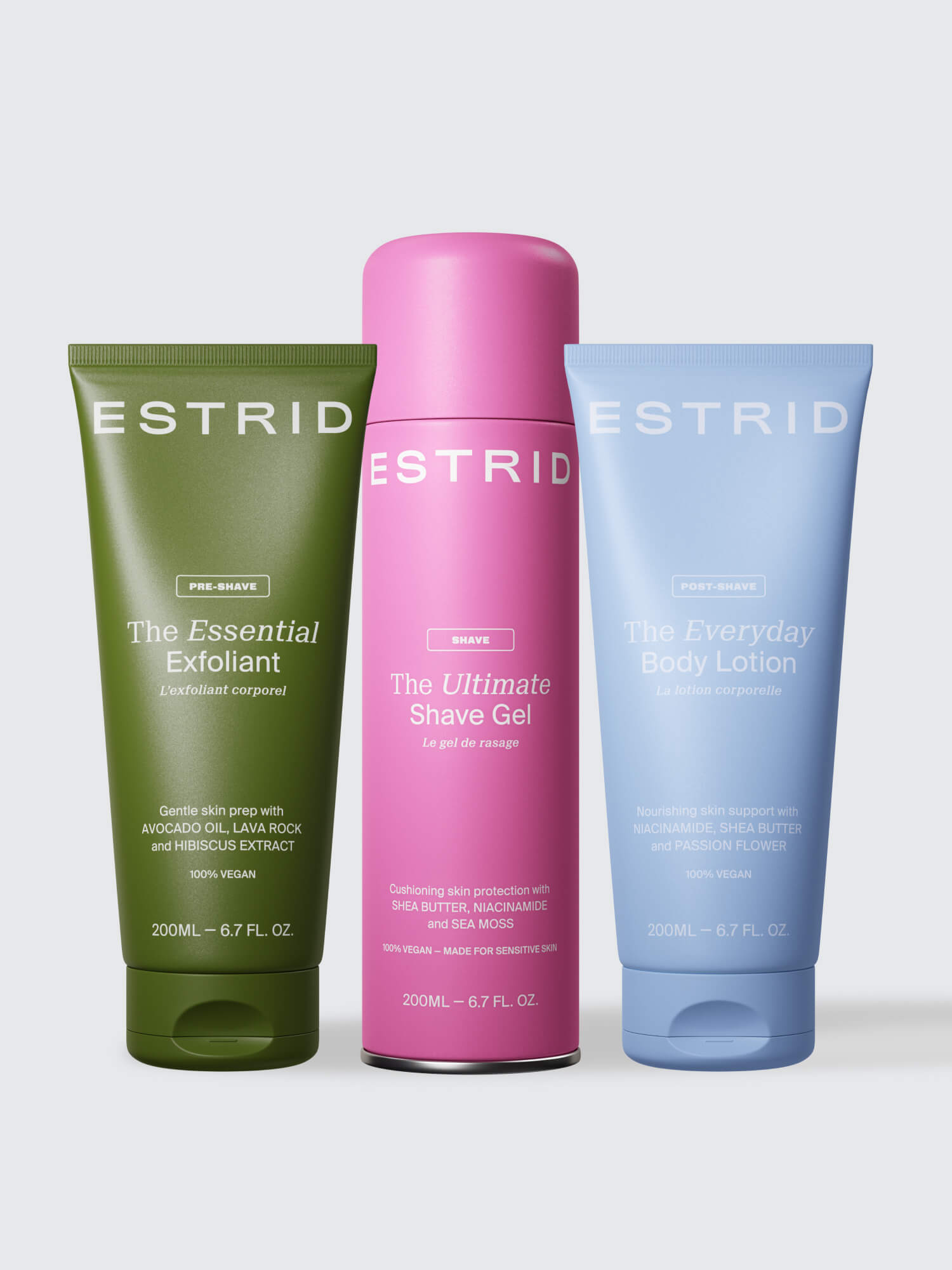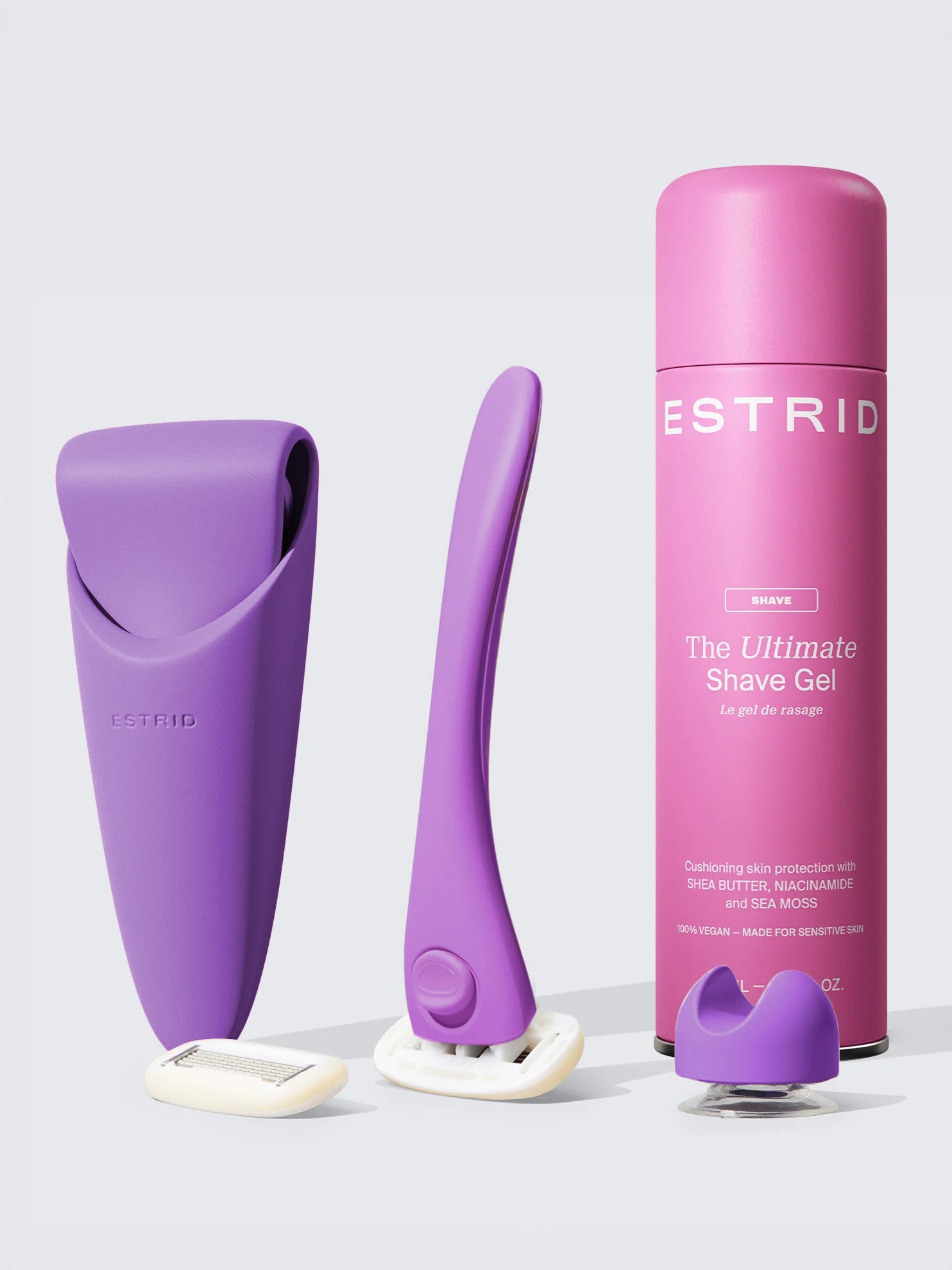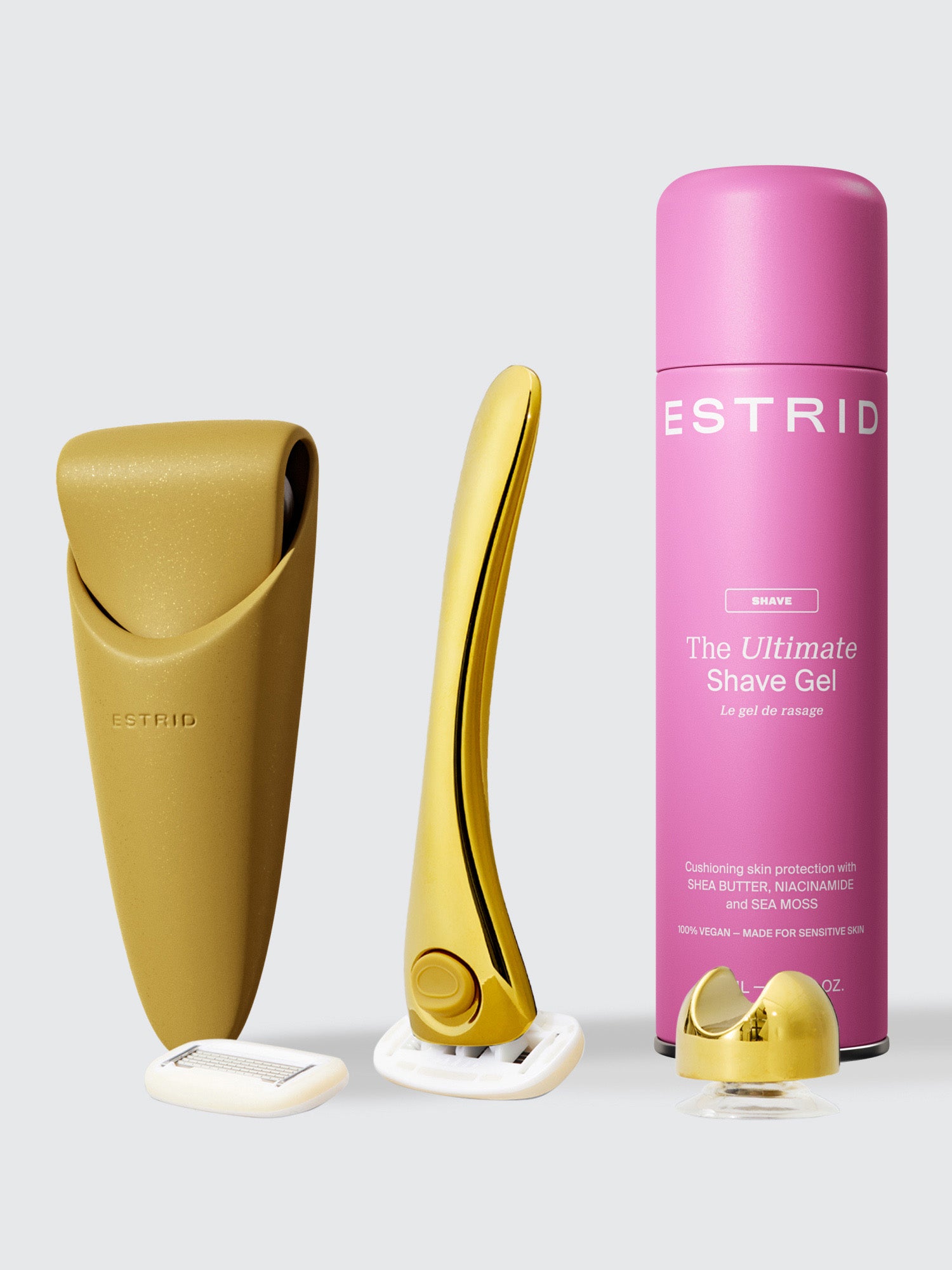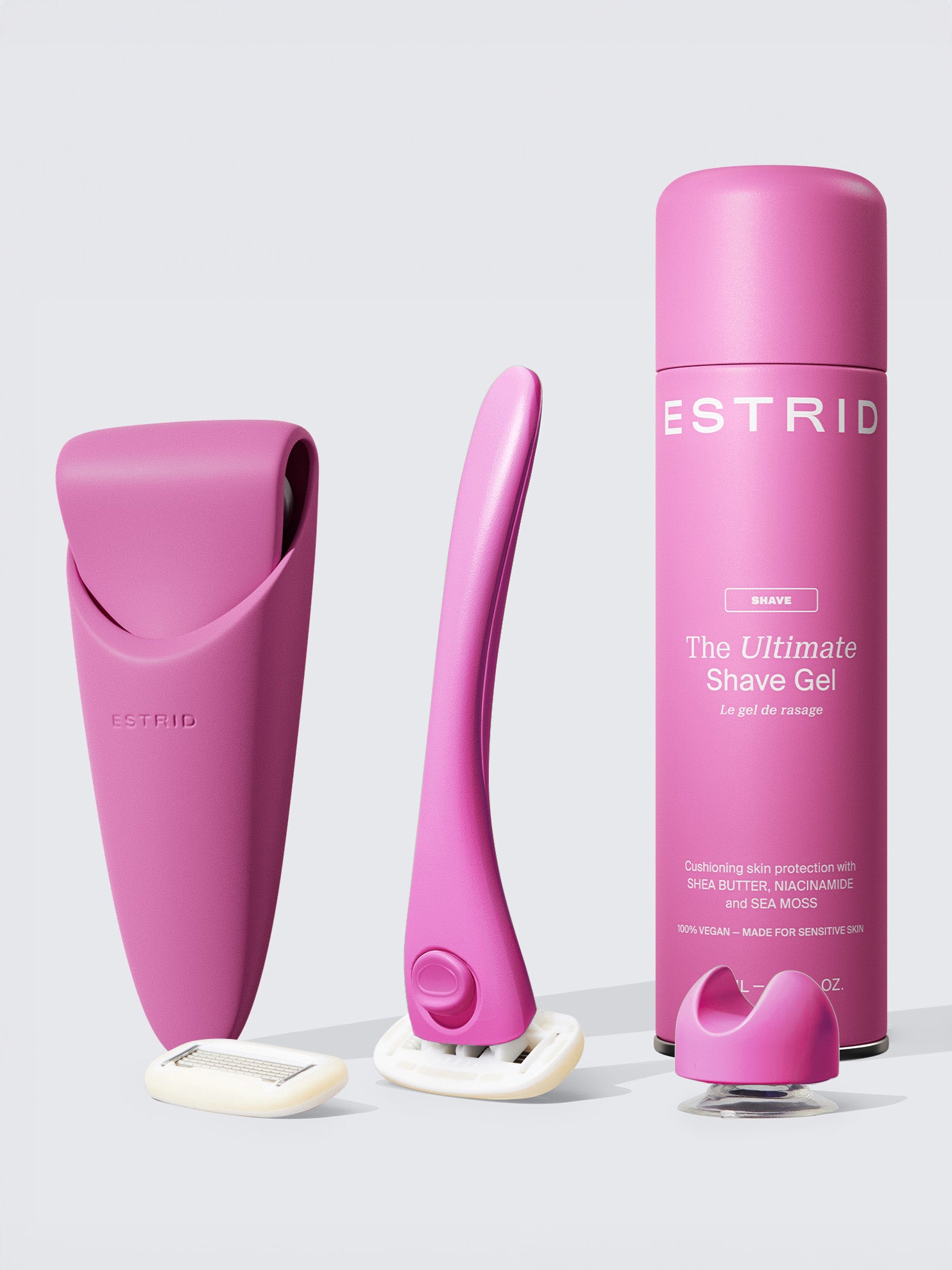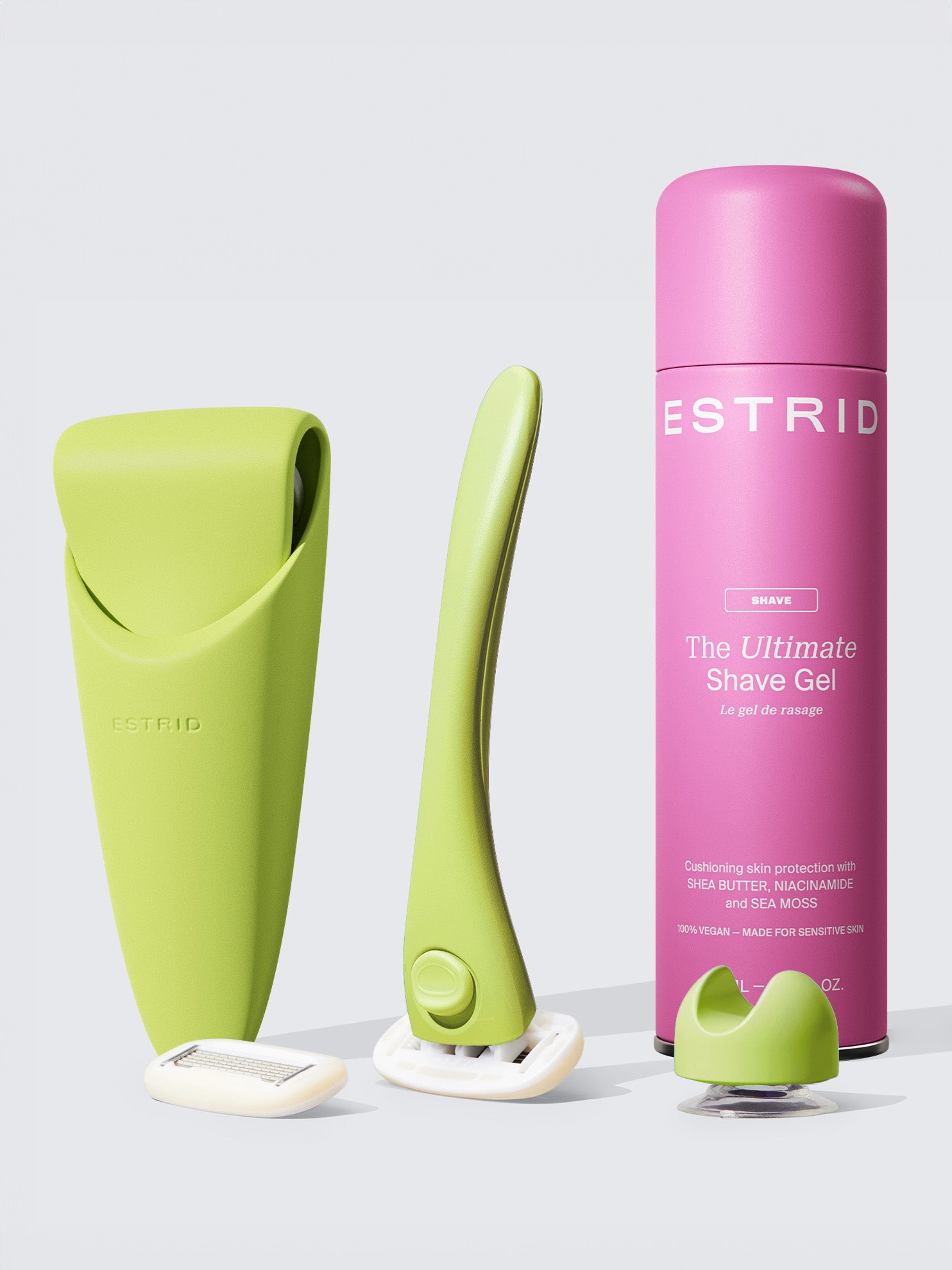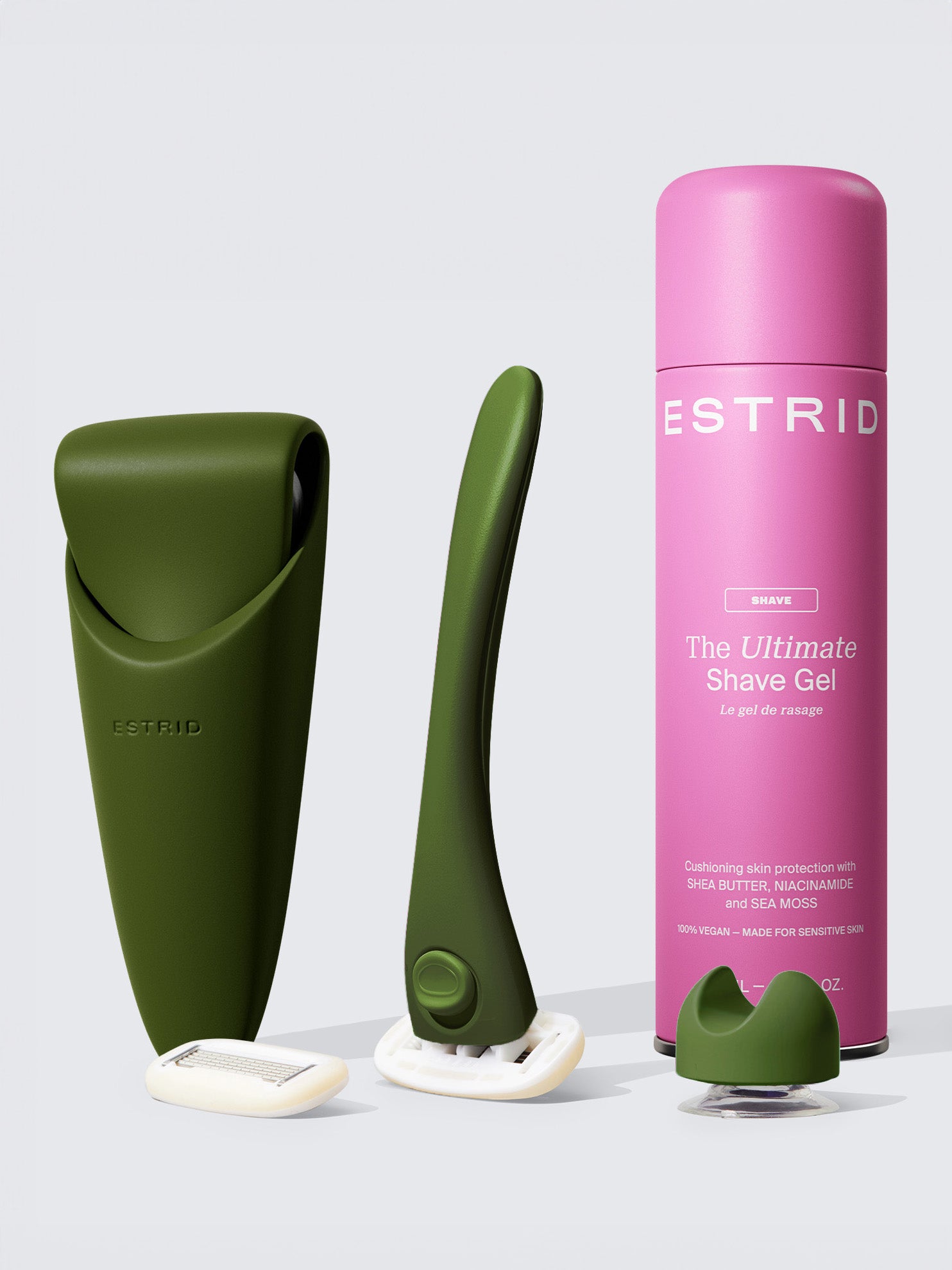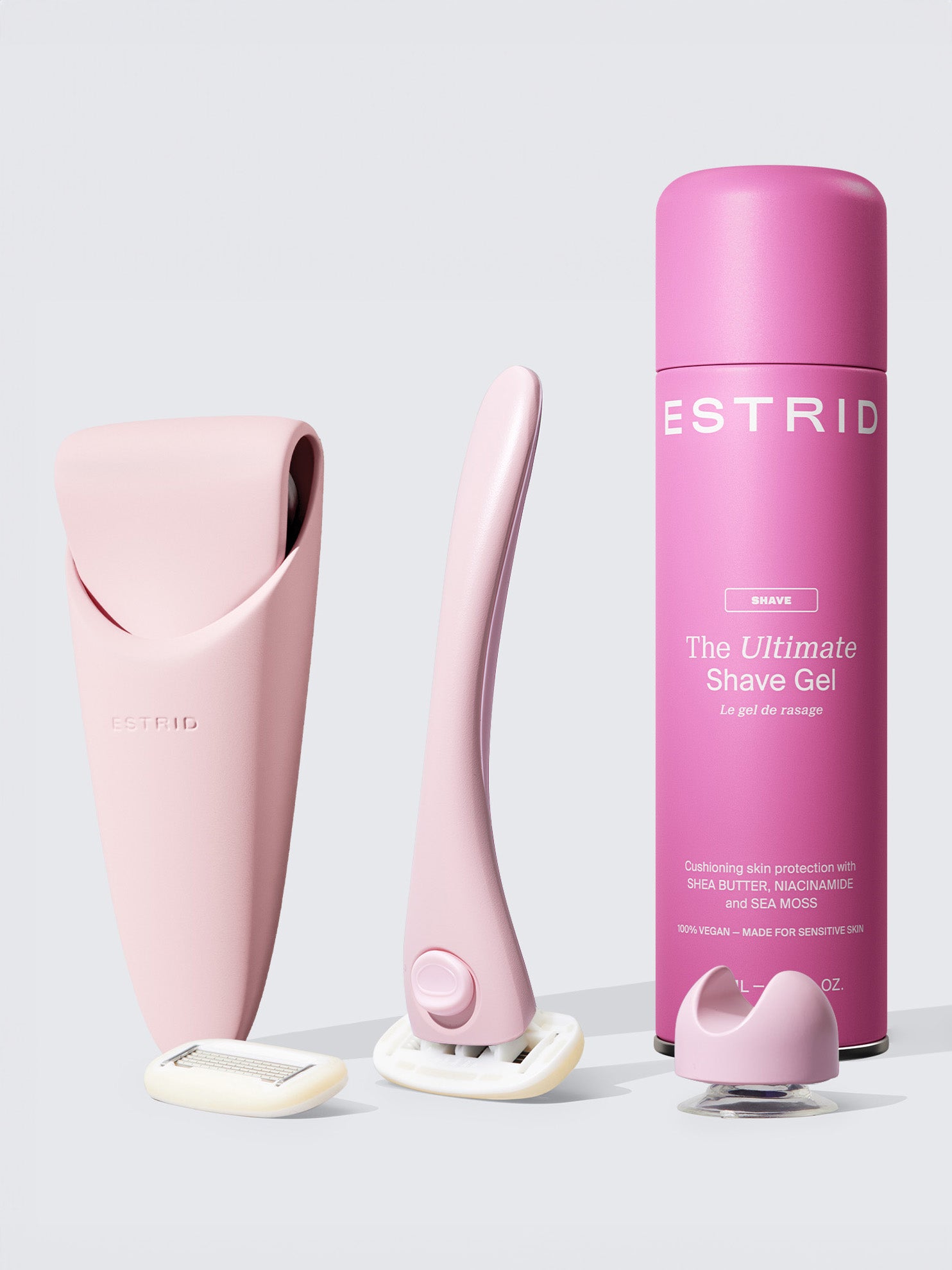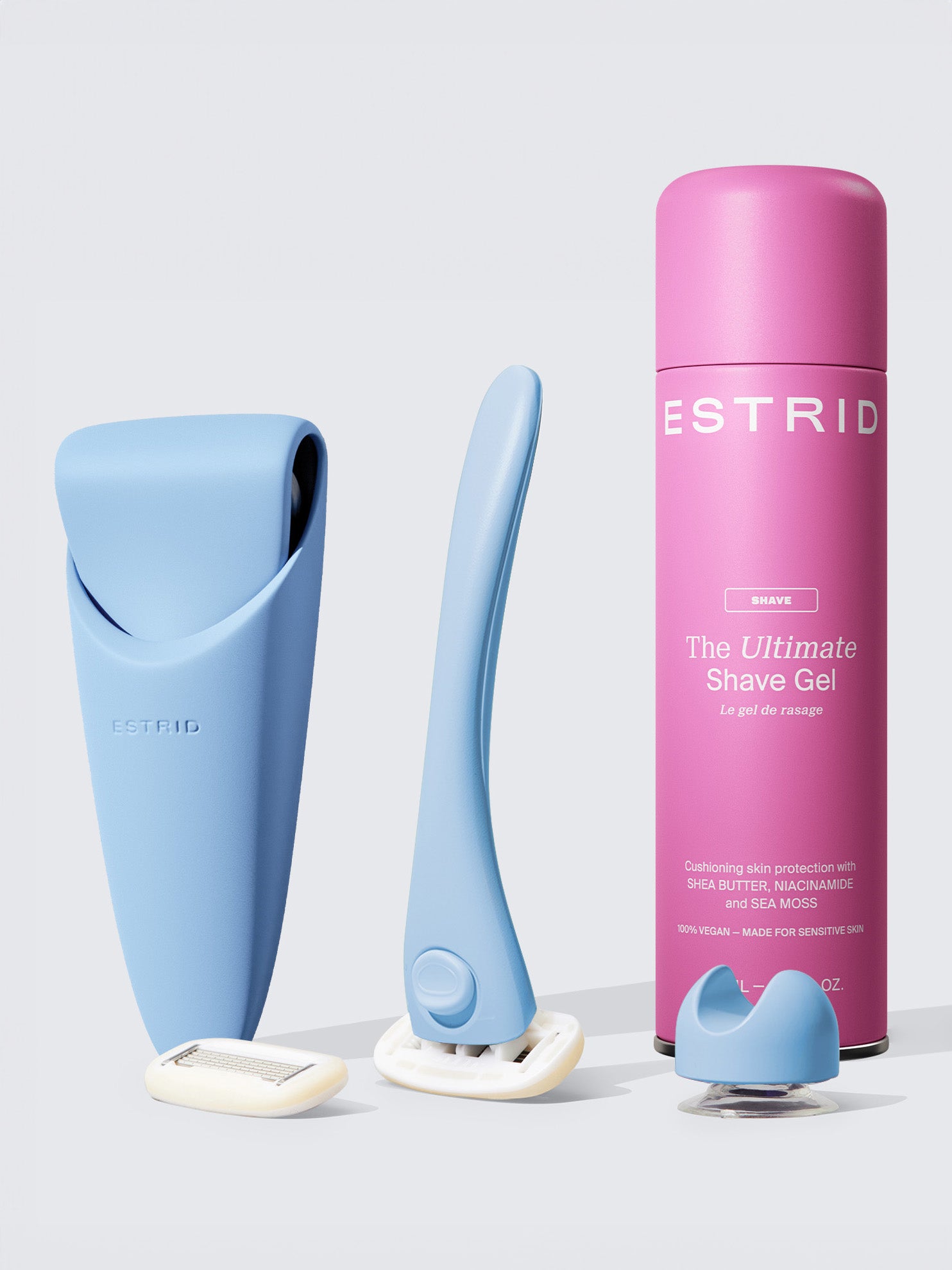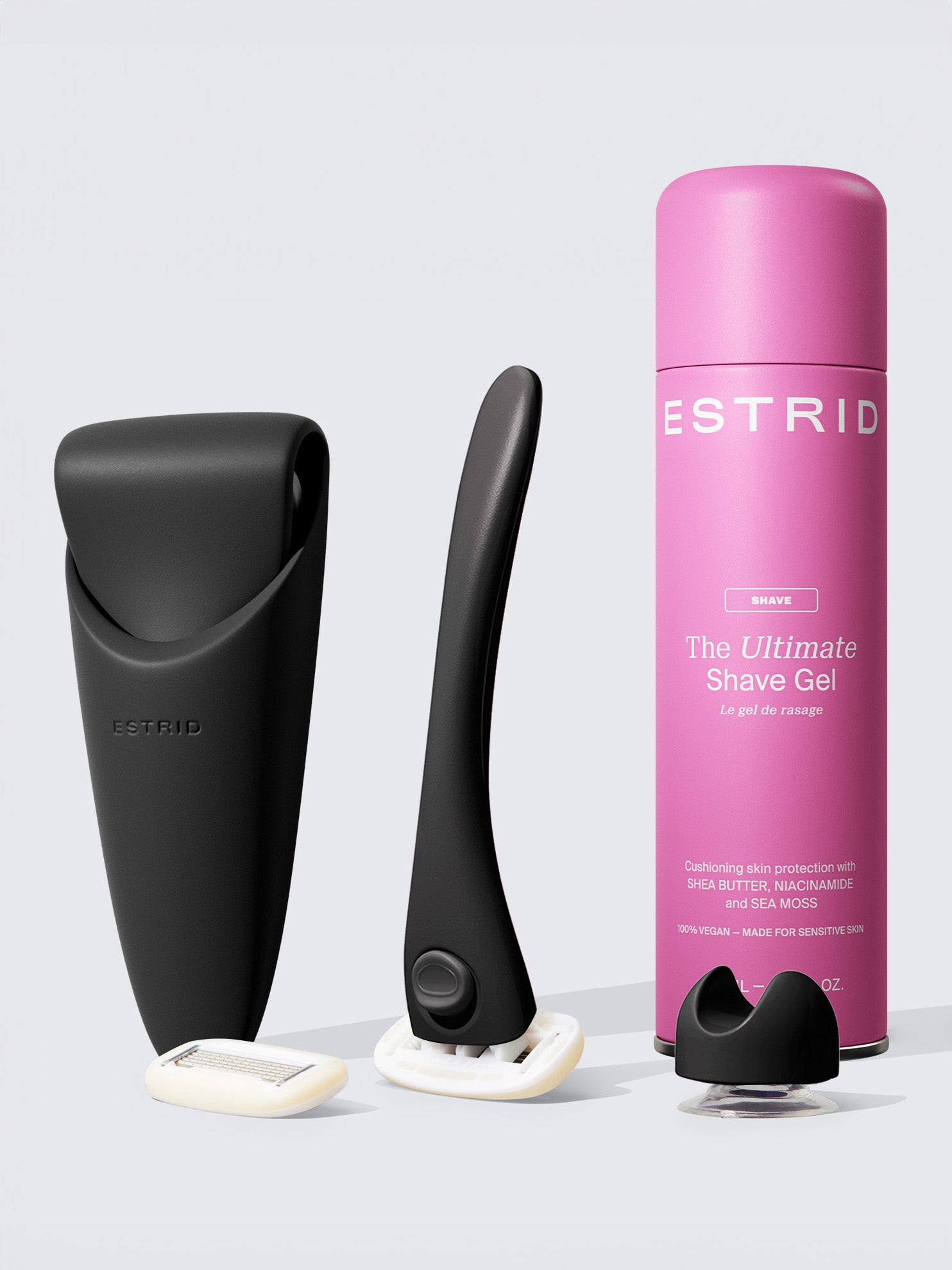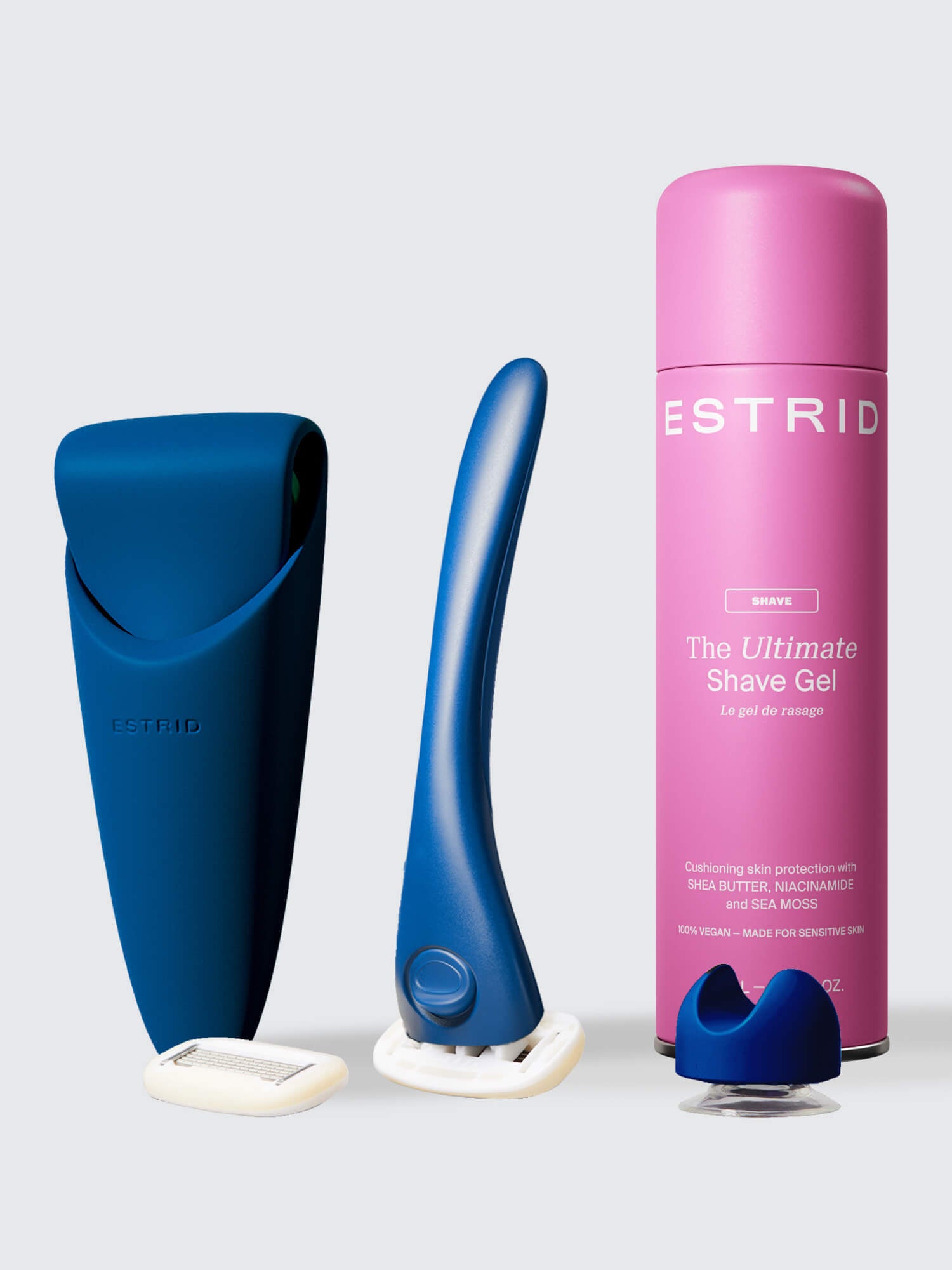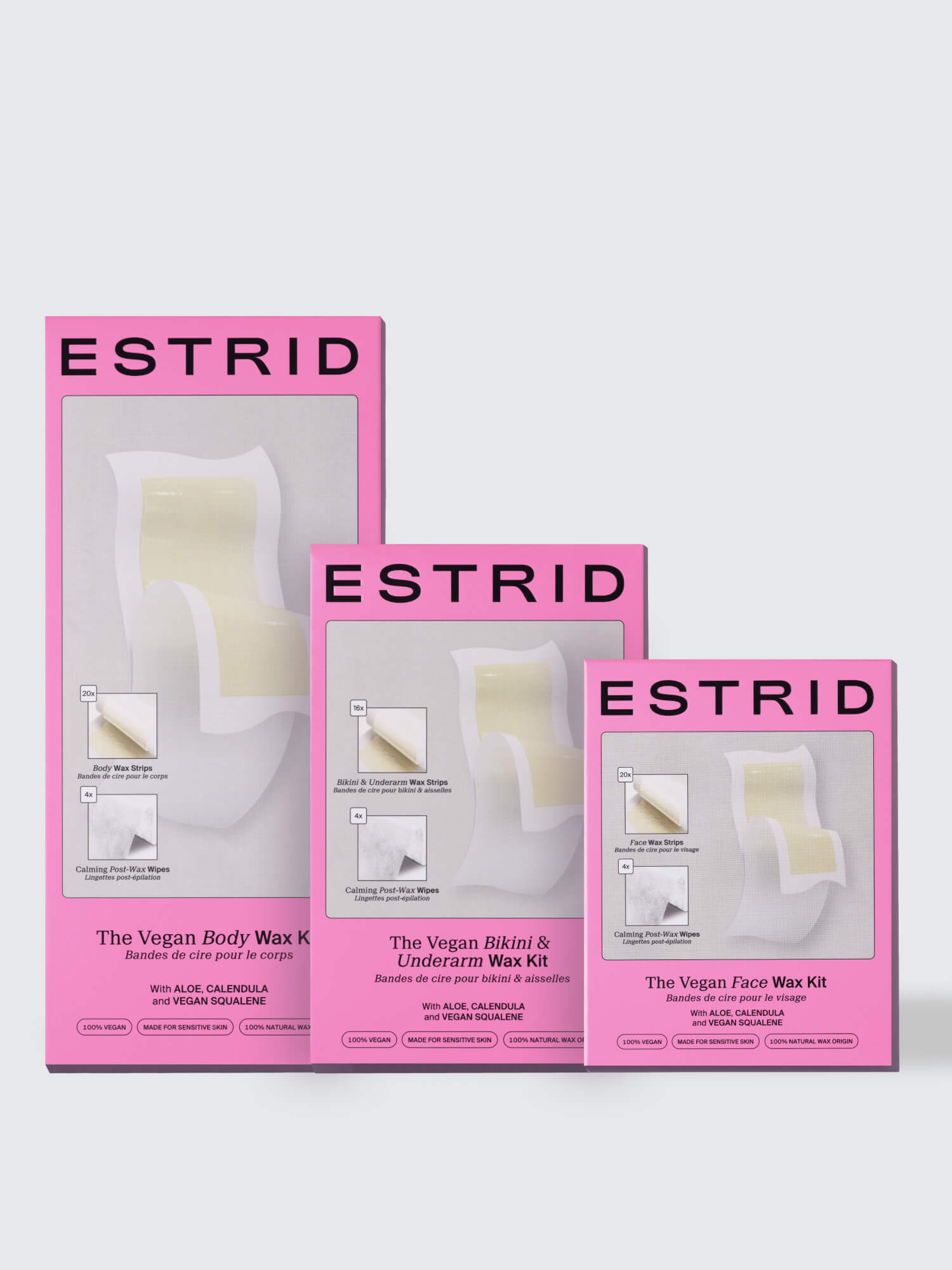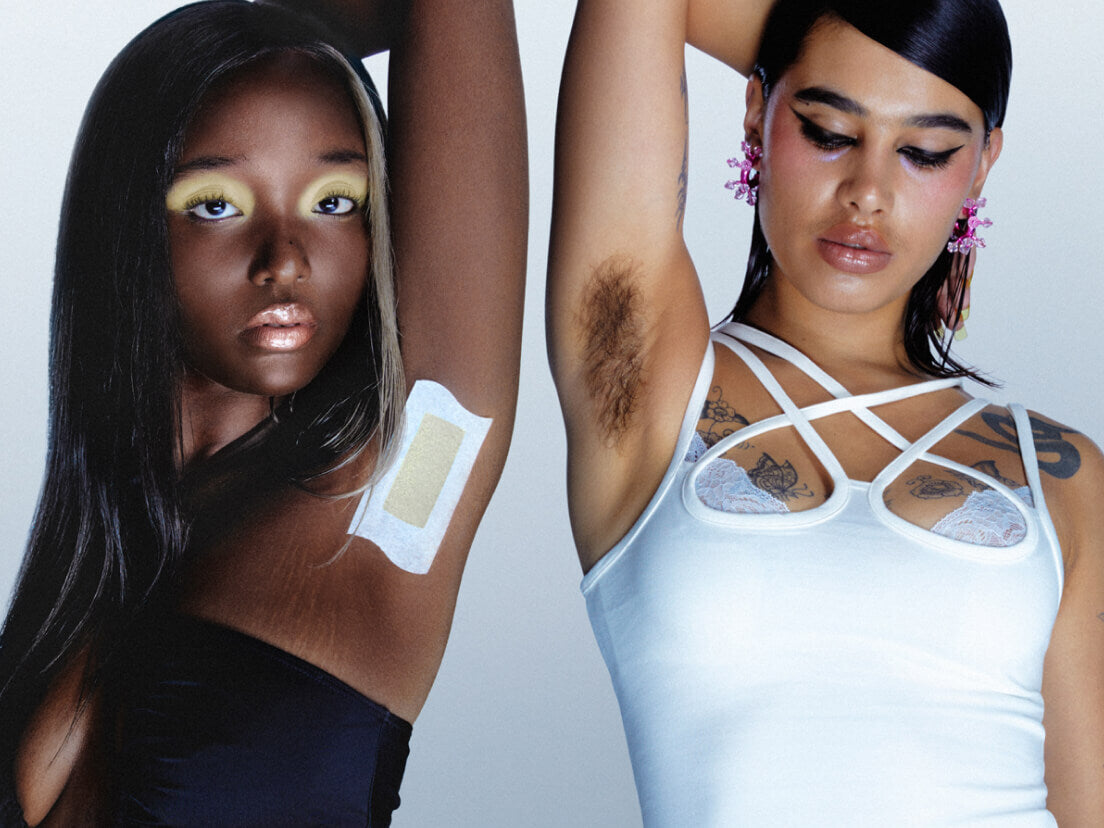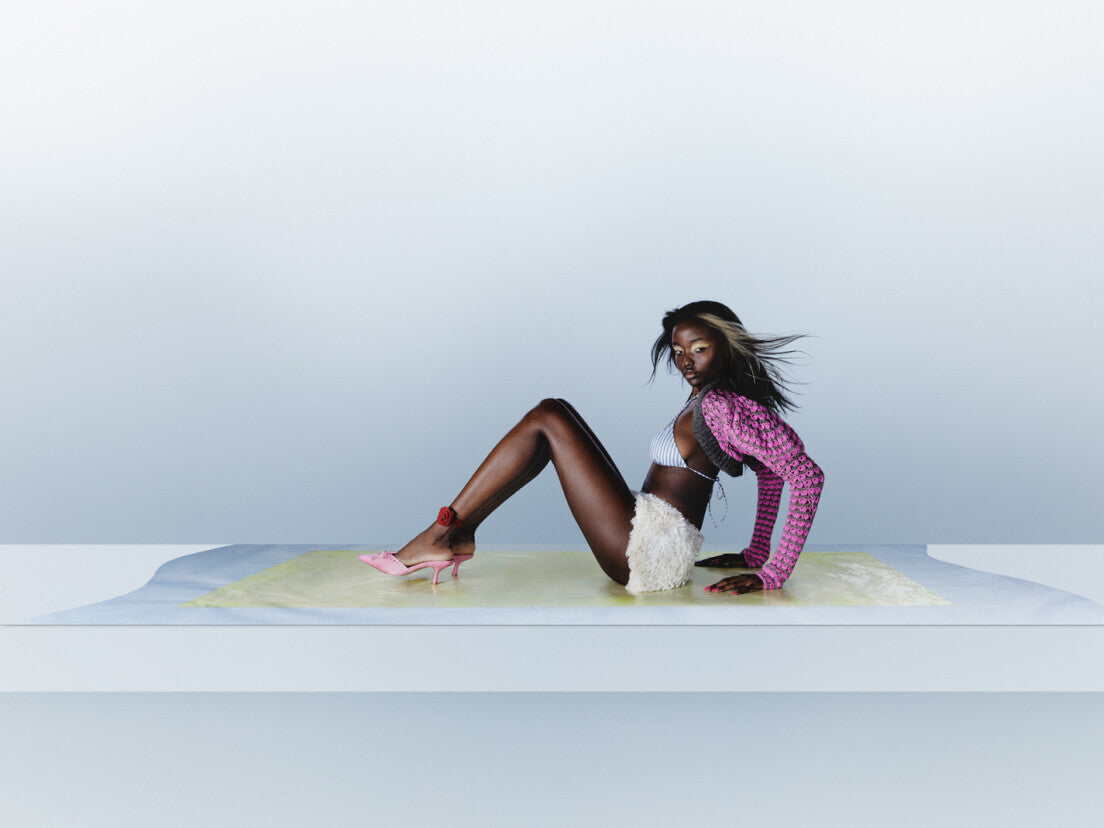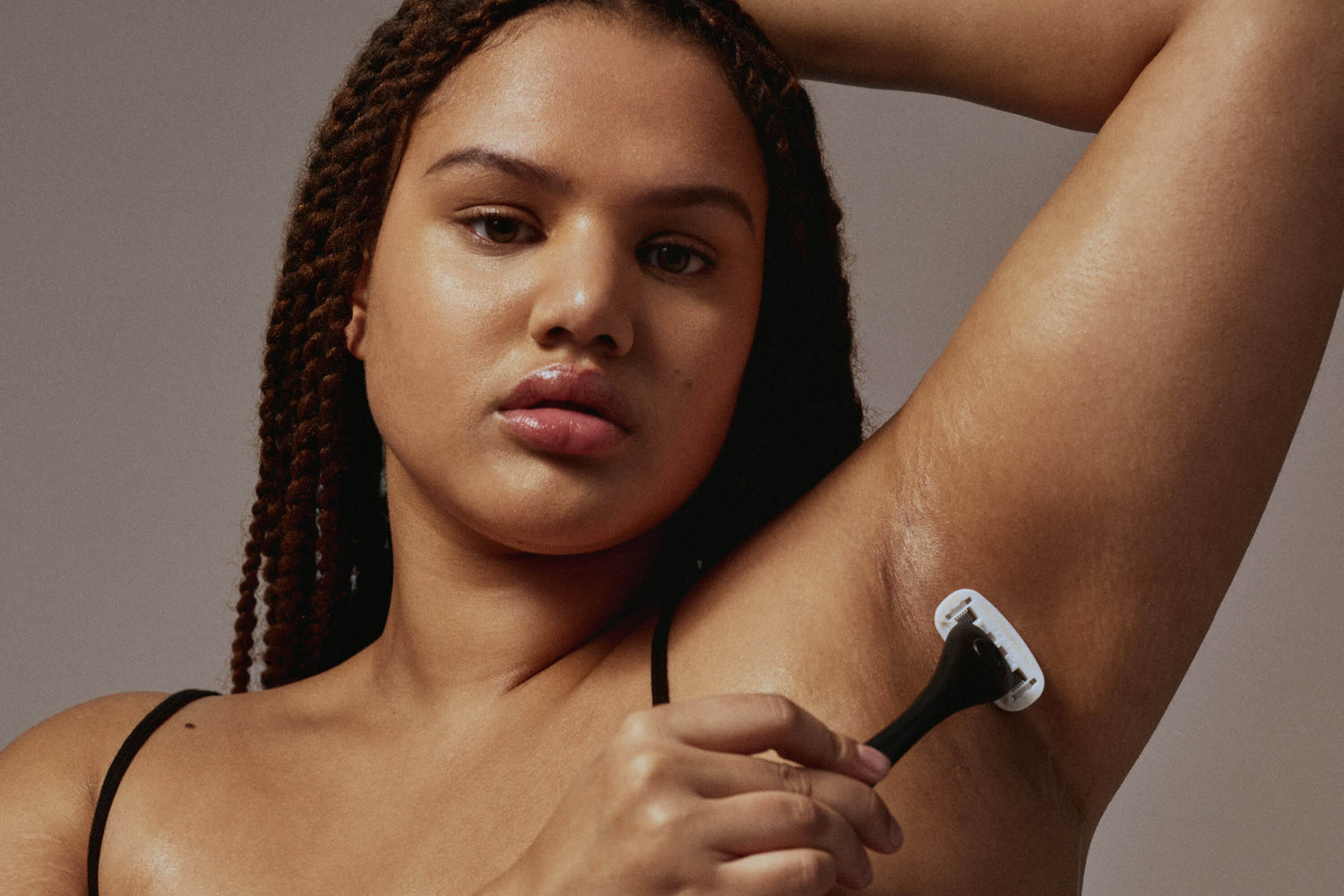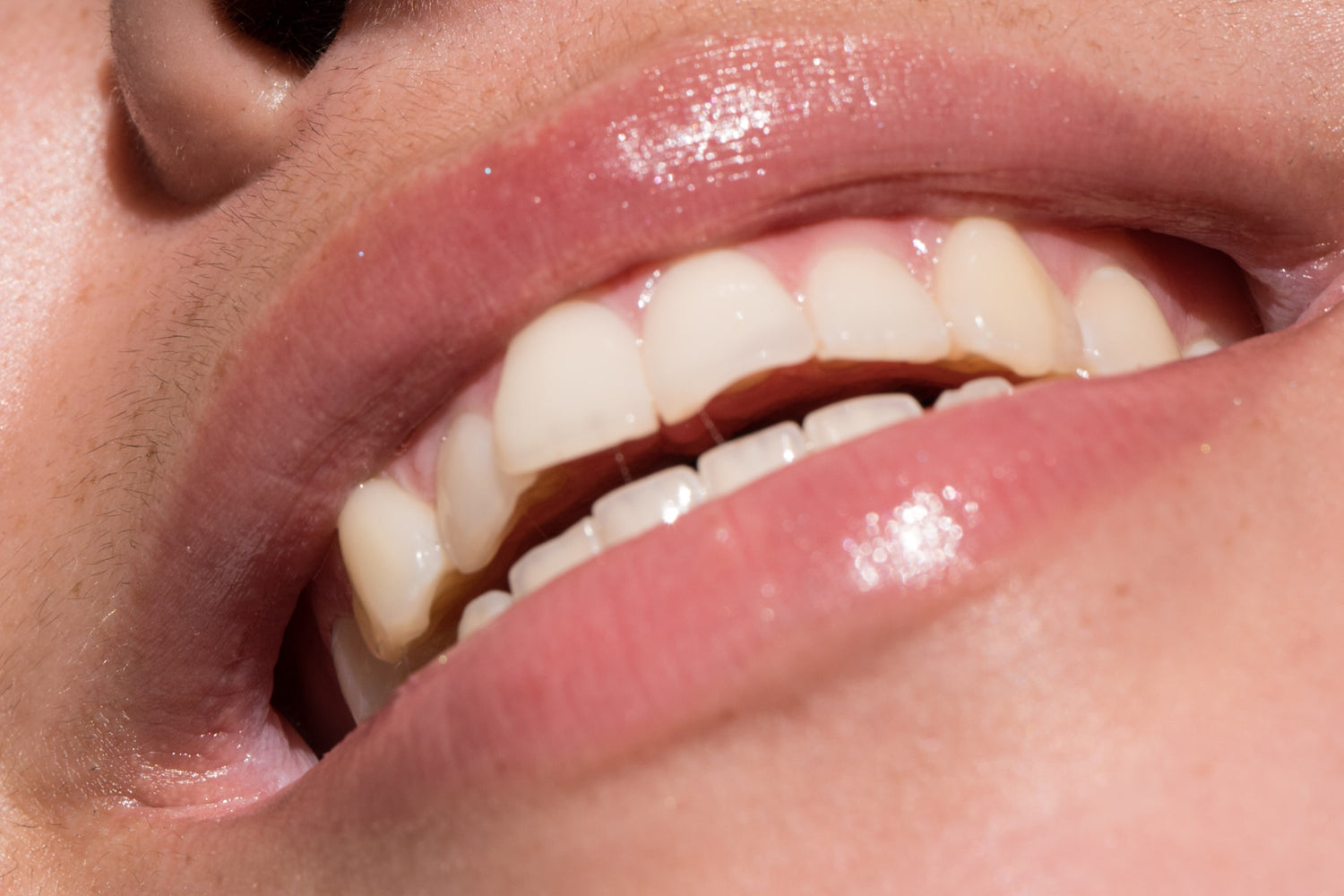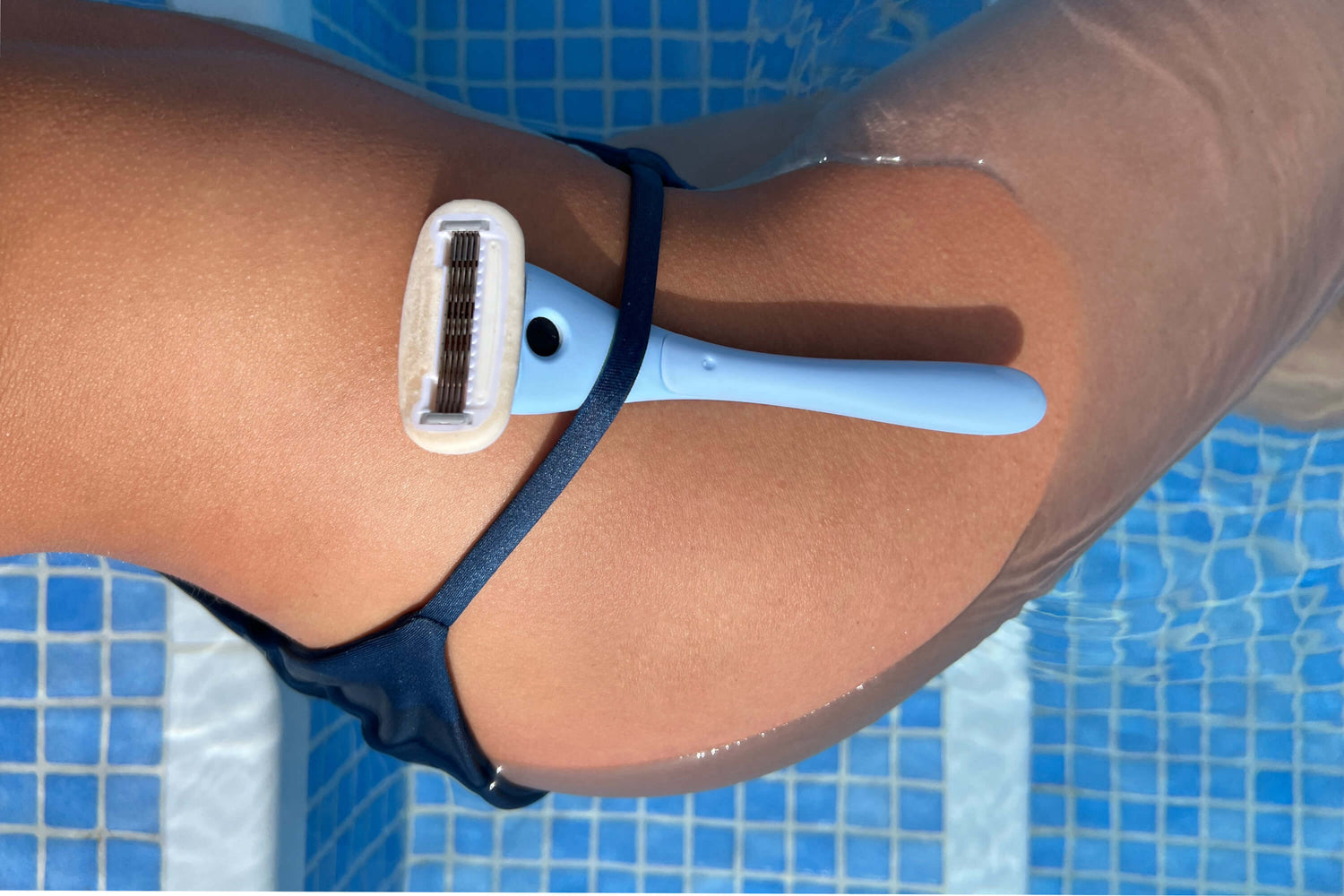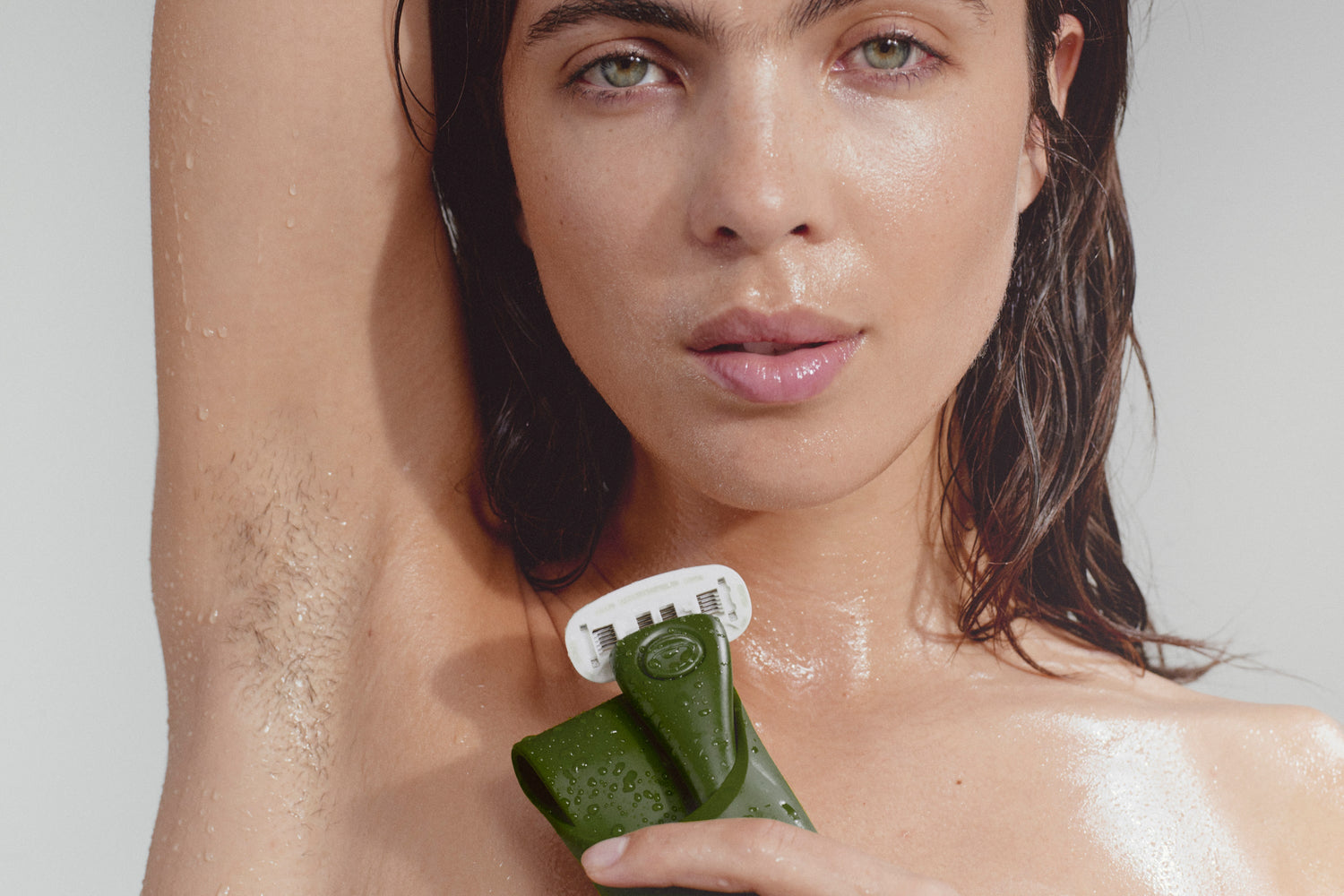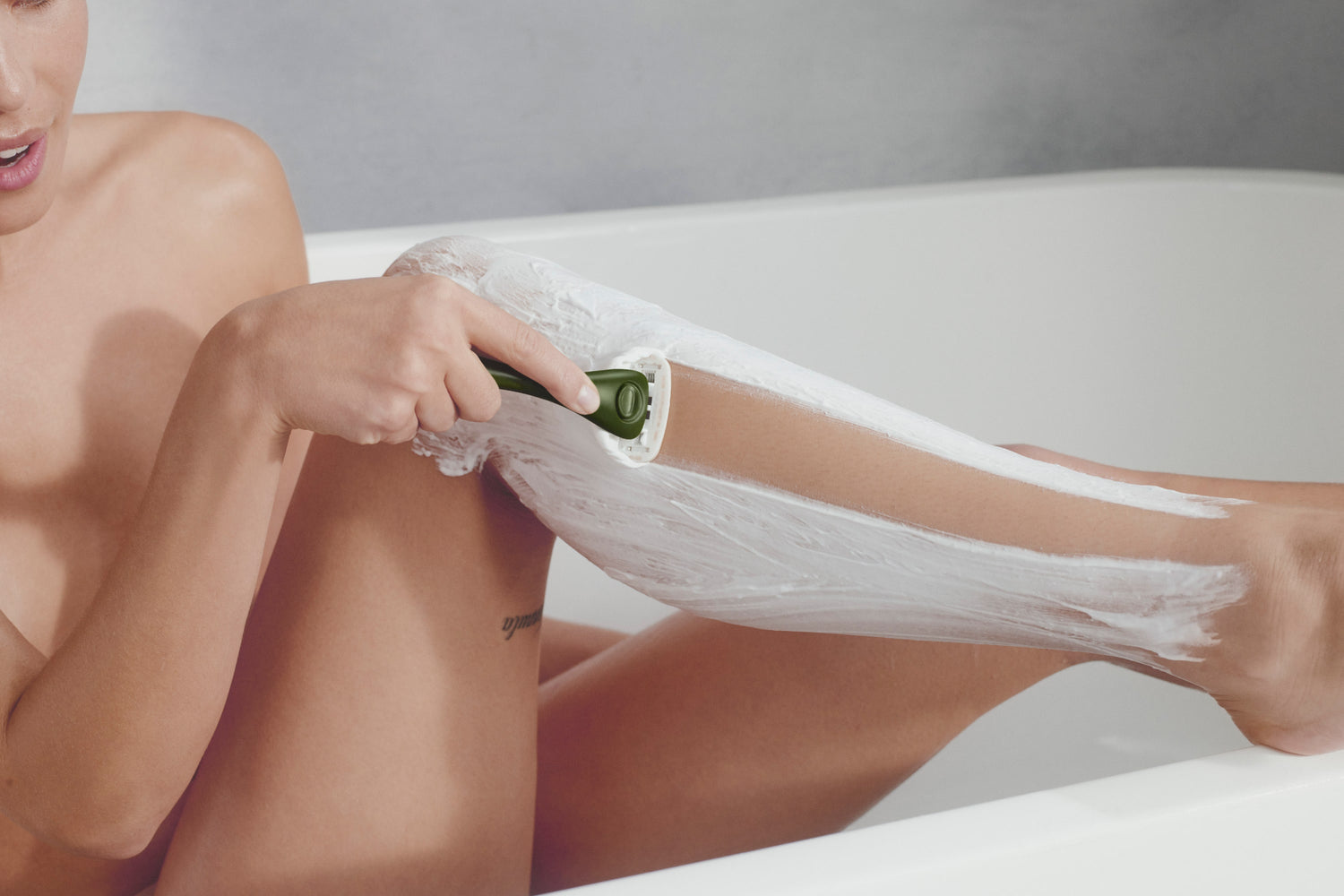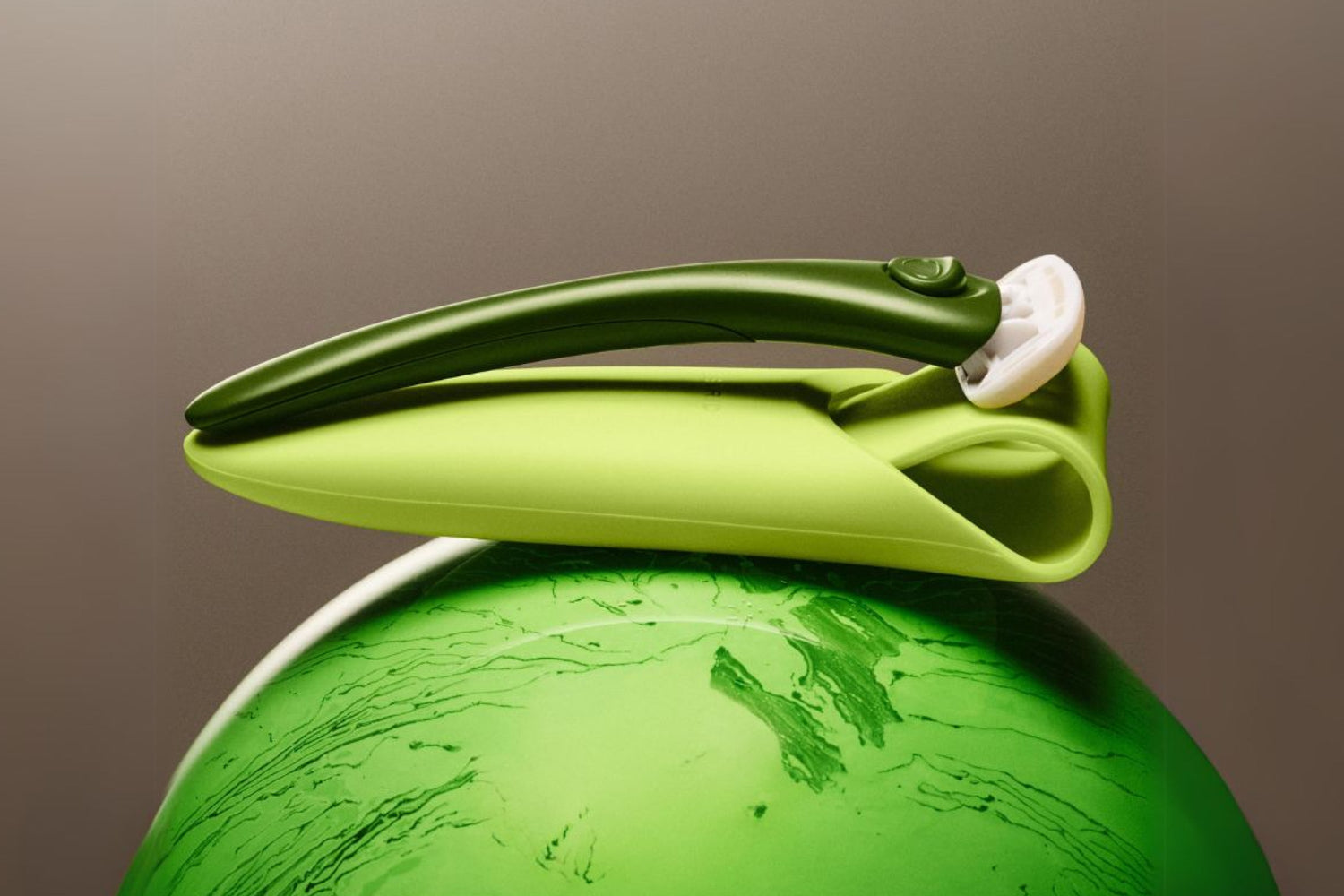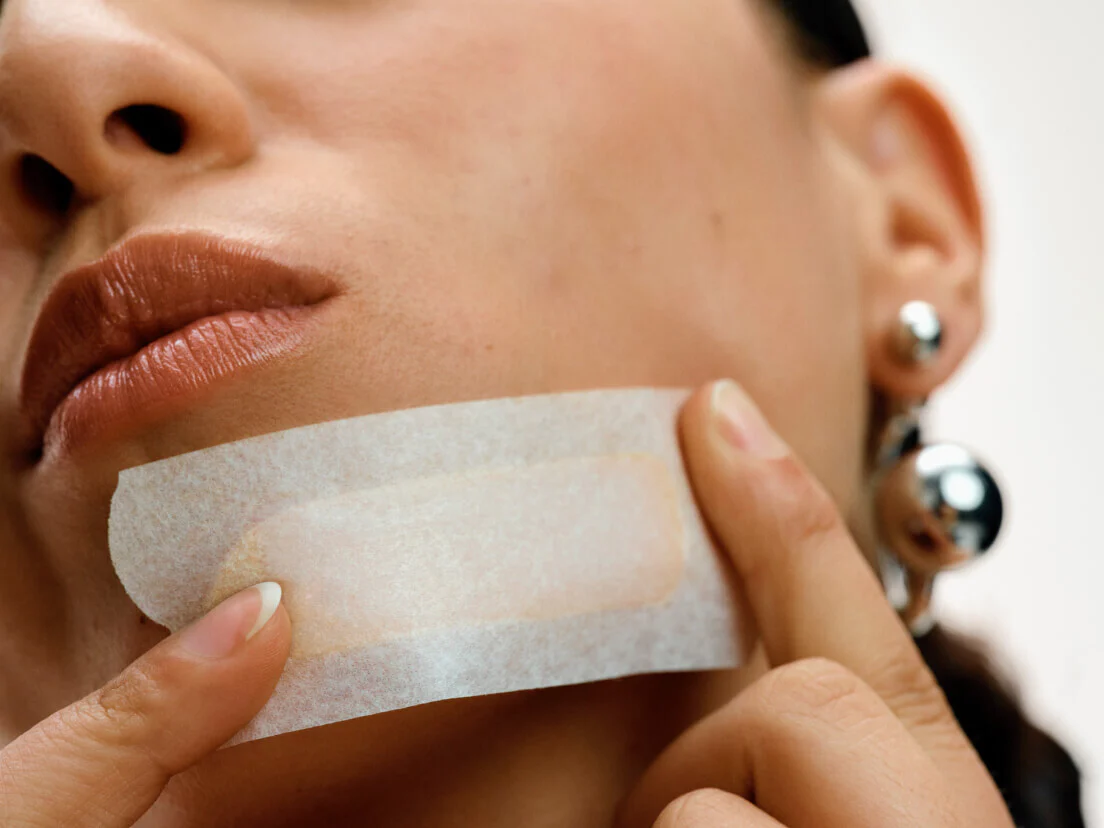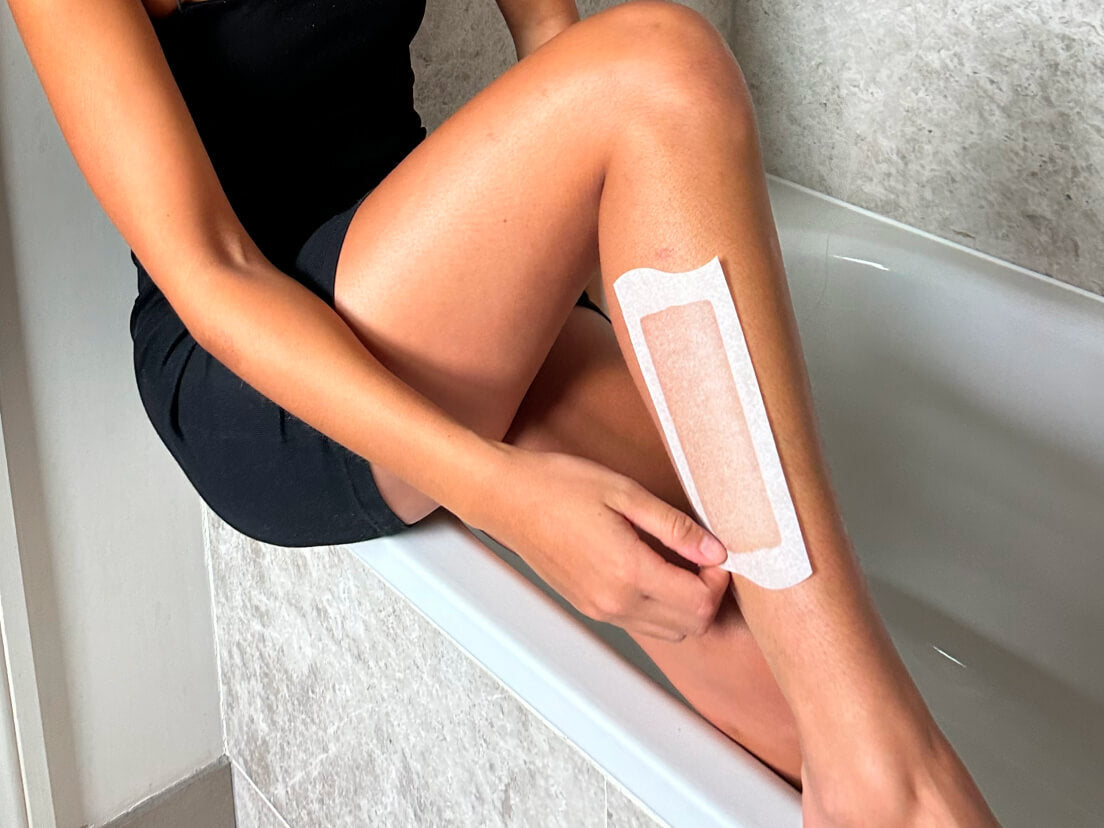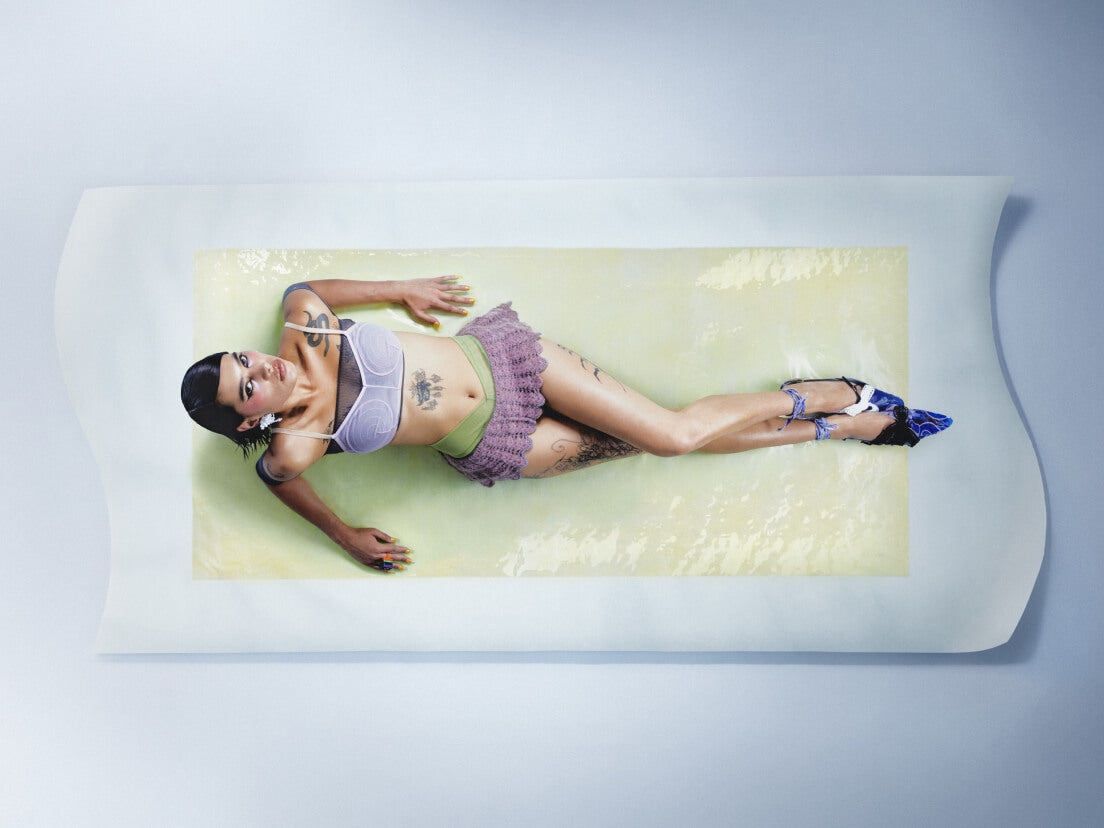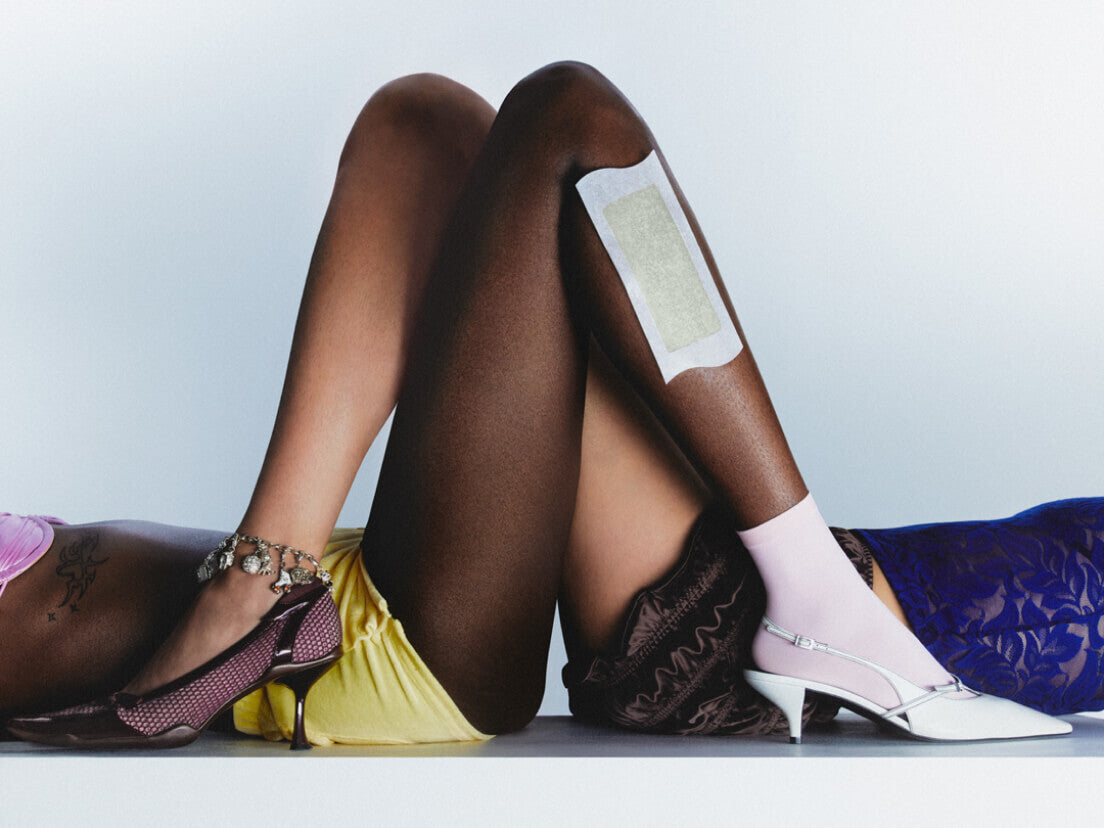Welcome to the most crucial step in your skincare routine. Even if you're not a skincare 29-stepper, chances are you're using a moisturiser at least once a week. This post aims to give you straightforward, no-nonsense advice without overwhelming you with trendy ingredients, complicated application styles or even hype new trends discovered on TikTok yesterday. We'll skip the gimmicks and focus on the genuine importance of moisturiser and how to optimise the benefits for your skin.
Dermatologists agree that a good moisturiser in any skincare ritual is super important. Whether you're 75 or 27, it acts as a hydration powerhouse working over drive to replenish moisture and lock it in. Keeping the skin feeling supple, plump, and hydrated throughout the day.
Which moisturiser is the best for my skin type?
1. Dry skin
Look for rich, hydrating formulas with ingredients like hyaluronic acid, glycerin, shea butter, or ceramides.
2. Oily skin
Opt for lightweight, oil-free, or gel-based moisturisers that won't clog pores. Non-comedogenic products with ingredients like hyaluronic acid and niacinamide can help balance oil production.
3. Combination skin
Use a lightweight moisturiser that addresses both dryness and oiliness. Look for balanced hydration and non-greasy formulations.
4. Sensitive skin
Choose fragrance-free, hypoallergenic moisturisers with soothing ingredients like aloe vera, chamomile, or oat extract. Avoid harsh chemicals.
*Remember, these are general recommendations. Consulting a dermatologist or skincare professional can provide personalised advice based on your specific needs.
Should you pat or rub your moisturiser in?
Always pat, never rub. The skin is uber delicate, and continuous rubbing can contribute to a loss of elasticity over time.
How much is too much moisturiser?
Key signs of too much moisturiser include clogged pores, blackheads, and increased oil production. To maintain balance, take it easy when moisturising more than twice a day. If you struggle to shift signs of clogged pores or blackheads, bring in a gentle exfoliating ingredient like salicylic acid, this can help slay away dirt. Retinoids regulate skin cell turnover and reducing blackheads. However, be sure not to over-exfoliate or over-treat, as it can lead to dryness and trigger an oily skin response.
What is the right amount of moisturiser to use?
Roughly a penny-sized amount should be fine for your entire face, but if you are on the dryer skin side you may want to opt for two pennies' worth of moisturiser.

How does a moisturiser improve skin elasticity?
A well-formulated moisturiser goes beyond just hydration. It helps boost the elasticity of your skin, promoting a glowy, firm finish. With consistent use, it nourishes the skin's deeper layers, supporting the production of collagen and elastin—the building blocks in maintaining skin's resilience.
How does moisturiser protect the skin?
Packed with antioxidants, vitamins, and other skin-loving ingredients, think of your moisturiser as a trusty skin shield. It protects against UV rays, pollution, and other environmental stressors that can lead to premature aging, discoloration, and dullness. With every application, your moisturiser looks after your skin's health.
Does your moisturiser actually enhance skin texture and appearance?
Yes! Of course each moisturiser varies, but generally a nourishing ingredient rich moisturiser can help smooth out rough patches and work to minimises the appearance of pores, giving your skin a refined and velvety finish. It can also contribute to an even-toned complexion.
Can a moisturiser calm irritated skin?
A top-notch moisturiser does more than just hydrate—it also has the power to soothe and calm irritated skin. Whether you're dealing with redness, sensitivity, or inflammation it can gently comfort and balance your skin by reducing irritation and restoring calm. Especially if it’s enriched with ingredient like squalene and aloe vera.

Tips for Effective Moisturising:
Step 1: Apply moisturiser to damp skin
Step 2: Don't forget your neck and décolletage
Step 3: Be consistent
Step 4: Layering your products
Step 5: Sunscreen is essential
1. Apply moisturiser to damp skin
After cleansing or showering, pat your skin gently with a towel, leaving it slightly damp. Then, apply your moisturiser. This helps lock in moisture and enhance absorption.
2. Don't forget your neck and décolletage
Extend your moisturising routine beyond your face. Treat your neck and décolletage to the same care and attention, as these areas are prone to showing signs of aging.
3. Be consistent
Establish a regular moisturising routine by applying your moisturiser twice daily—morning and night. Consistency is key to achieving long-term benefits and maintaining healthy, glowing skin.
4. Layering your products
Consider layering your moisturiser with other skincare products to enhance its effectiveness. Serums, oils, or hydrating mists can be applied before or after your moisturiser.
5. Sunscreen is essential
To complete your skincare routine, always remember to apply a broad-spectrum sunscreen with an appropriate SPF. This helps protect your skin from harmful UV rays and prevents sun damage.
From budget-friendly to indulgent luxury, we've tried them all, and our research confirms that your daily moisturiser makes a difference. It's not just the final step in your skincare routine; it's the restoring, comfort blanket your skin needs when it goes to bed at night and the nurturing hug it needs when it wakes up. Our current fave: The Everyday Body Lotion.
